“In the cities of these peoples that the Lord your God is giving you as an inheritance, you shall not leave alive anything that breathes.” – Deuteronomy, 20:16
If the history of holy wars has taught us anything, it is that the most direct path to God is through rivers of blood. Despite the official line of pacifistic cheek-turning, violent conquest has been a fairly consistent feature of Latin Christendom since the time of Constantine. It’s a religious legacy shaped far more by the sword than the cross, and more accurately represented by barbarian warlords then the benevolent apostles of Christ. But the First Crusade, as blood-soaked in violence as it was, represented something different; something almost otherworldly in the carnage it unleashed.
For many devout Christians, the dividing line between heaven and earth had become blurred by the eleventh century. They truly believed they were living in the end of days. The signs were everywhere. It had been a thousand years since Christ’s crucifixion. According to apocalyptic prophecy, Antichrist now walked the earth and was gathering his forces to enslave humanity. On the upside, Christ himself was due for his Second Coming. If all went accordingly, he would descend from the heavens and the reward the righteous souls who served his cause. But first there was the small matter of defeating Antichrist and his minions.
As it turns out, around the time Antichrist was believed to have entered the world stage, there was a power shift in the Holy Land. Most of the region had recently come under the control of the Seljuk Turks, a barbaric race of nomadic desert people who had conquered most of Arab Asia by this time. The Seljuks were infidels of the worst kind, “a people quite degenerate, despicable, and enslaved by demons.” They defiled Christian holy sites, attacked pilgrims, worshiped idols and prayed to an evil deity called “Mathomos,” who, as far as anyone could tell, was some ancient Canaanite god from the Old Testament. Or something along those lines.[1] These were clearly the servants of Antichrist.
When the Christians of Western Europe were called upon to “take the cross” and embark on an armed pilgrimage to Jerusalem, it was as if religious leaders had tapped into some primal force from which a violent storm of messianic fervor was set forth upon the world. The Crusaders were not only fighting over control of the Holy Land. They were waging an apocalyptic holy war – a merciless bloodbath of raping, pillaging, torture, murder, defilement, and cannibalism that would bring about the eternal glory of heaven on earth.
ONWARD CHRISTIAN SOLDIERS
The history of the the Crusades involves a complicated web of social, political and religious forces that culminated in the clash of Christian and Islamic civilizations. It would be impossible to provide a fully detailed and balanced account here. However, for the purposes of context, a basic historical overview is necessary.
Latin Christendom wasn’t exactly in a good place leading up to the First Crusade. In fact, the authority of the Holy Roman Church had been consistently slipping since the days of Charlemagne. After centuries of theological disputes, the churches of the Greek East and Latin West made a definitive split with “The Great Schism” of 1054. This fracturing was further complicated by the political rivalries of Western Europe, which led to the election of a series of “anti-popes” who split the allegiances of bishops and secular kings within the Roman Catholic sphere of influence.
At the same time, a new power was also rising in the East. The Seljuk Turks were originally nomadic horsemen from the steppes of Central Asia who converted to Islam in the seventh and eighth centuries. Using similar tactics to those practiced by the Huns against the Romans centuries earlier, they would go on to control an empire that spanned from Afghanistan to the Mediterranean (uniting most of the Sunni Muslim factions under their rule). In 1071, they would seize control of Asia Minor after defeating the Byzantines at Malazgerd.[2]
In the years that followed a weakened Byzantine Emperor Alexios Komnenos dispatched a number of delegations to Rome seeking Western support against further advancements by the Turks. Attacks against Latin Christian pilgrims en route to Jerusalem were also taking place with increasing regularity. The Seljuks now controlled the religiously important cities of Nicaea, Antioch and Jerusalem, as well as all of the major pilgrim routes in the region, and safe passage could no longer be guaranteed. Worse still was threat against the Church of the Holy Sepulchre (built over the remains of Golgotha, the hill just outside of Jerusalem where the Romans crucified Jesus and supposedly the location of his tomb) which was now in Seljuk hands.
Pope Urban II, ever the shrewd politician, saw opportunity in this situation. By answering the call to holy war, he hoped to heal “The Great Split” and bring unity to Christendom once again (under the supreme rule of the Roman papacy, of course). Additionally, by exploiting the Seljuk menace, Urban could bring an end to the internecine conflicts between rival kings and lords. The greed and lust for power that was tearing apart the social order of Western Europe at this time might be used for constructive purposes – namely Eastern conquest. A call to arms by a pope with limited authority was a dangerous gamble. But the potential benefits made it worth the risks.
In November 1095, at the Council of Clermont, Pope Urban II called on Western Christian leaders to reclaim the kingdom of God from “the accursed race” of Muslim Turks and Arabs. “What a disgrace,” declared the pope, “if a race so despised, so degenerate, so entirely the slave of demons, should thus conquer omnipotent God’s elect people, rendered illustrious by the name of Christ!”[3] The violent expulsion of these infidel occupiers was declared a moral duty for the Christian faithful. In return, the pope promised impressive material and spiritual rewards (tax relief, debt cancellation, eternal salvation) to those who answered the call. The prospect of plunder obviously had its appeal as well.
THE PEASANTS CRUSADE
The First Crusade is generally traced back to the Council of Clermont. In reality, two calls to Crusade were spreading around Western Europe at this time. In the south, noble families pledged their oaths to Urban II and recruited men directly from their households and social spheres to join the cause. It was a fairly orderly campaign that remained under direct papal control. However, in the north it was a much more chaotic affair. The call to holy war had been taken up by various wandering preachers who gave fiery public sermons and took recruits from all walks of life.
The industrial centers of Northern France, Flanders (modern-day Belgium) and the Rhine valley was where the earliest recruitment took place. The region had become something of a hotbed for radical millenarian sects by the Middle Ages. As towns became overpopulated and conditions deteriorated, these areas saw a breakdown of social order and a rise in apocalyptic beliefs among the lower social strata of Christian faithful. Some gathered in messianic groups and prepared for Christ’s Second Coming, knowing that their poverty and suffering meant they would receive the greatest heavenly rewards under his reign.[4]
The most fanatical Crusaders came from among these bands of divinely favored destitutes. They believed themselves to be Soldiers of Christ, called upon to retake Jerusalem in order to accelerate the end of days and ensure that Christianity would “flourish [in the Holy Land] again in these last times, so that when Antichrist begins his reign – as he shortly must – he will find enough Christians to fight.”[5]
The most celebrated of the Crusade preachers was Peter The Hermit. Originally from Amiens, in northern France, Peter lived a sternly ascetic life (as both a monk and hermit). On pilgrimage, he claimed to have visited the Church of the Holy Sepulchre, where Christ appeared in a vision and tasked him with “cleansing the holy places of Jerusalem” of pagans and unbelievers.[6] On his return to Western Europe he began preaching this message, traveling from town to town on a donkey with an entourage of beggars and reformed prostitutes who followed him. He was a strange character, but also an effective organizer. People flocked around the barefoot prophet to hear his message of righteous poverty, spiritual redemption and apocalyptic holy war. Some even claimed miracles in his presence.[7]
Peter’s fiery sermons were reinforced by a wave of ominous signs that took place across Europe. Each was interpreted as both a call to holy war in the East and the coming of the end of days. Famine, disease, comets, lunar eclipses, strange cloud formations and birth deformities all took on prophetic meaning. Rumors even began circulating that the Holy Roman Emperor Charlemagne, after three hundred years, had risen from the dead in order to lead the Christian armies to victory in Jerusalem.[8]
As Pope Urban II wrote letters and met with his aristocratic allies, Crusade fever was spreading like wildfire among the poor. Groups of fanatics even started branding their bodies with the sign of the cross – mutilations claimed as a miracle of Christ, marking the divinely favored for the battle that awaited them against the forces of Antichrist.
In March 1096, four months before the First Crusade officially got underway, Peter The Hermit crossed into German territory with a vagabond army that grew by the day. The Peasants Crusade had started and would soon become a convergence point for other armed bands (led by an assortment of renegade monks, petty warlords and fanatical crackpots) who joined the call of God to liberate the Holy Land.
The most notorious of these groups was organized under Emicho of Flonheim, a minor lord of the Rhineland who had a reputation for lawlessness and brigandage. Inspired by Peter’s preaching, Emicho claimed his own encounter with the divine. Christ had appeared to him in a dream, and when he awoke, his body was miraculously branded with the sign of the cross.[9] He believed that he had been chosen to fulfill apocalyptic prophecy and devised an elaborate plan for its realization. The first step would be to depose the Byzantine emperor and claim for himself the title of “Last World Emperor.” This would be followed by the unification of Latin and Byzantine Christian armies who, under Emicho’s imperial rule, would reclaim Jerusalem and exterminate all it’s Muslim occupants. Christ’s second coming would inevitably follow.
It’s no surprise that the fanatics who followed Emicho were a strange bunch. One group is said to have worshiped a goose, which they believed to be enchanted by the Holy Spirit; others venerated a female goat.[10] They were also brutal anti-semites.
With passions stoked for the coming holy war, pogroms against local Jews became something of a popular rallying event for the armed bands of Christian zealots on the move. Throughout Christian Europe, Jews were increasingly considered an alien enemy residing within their communities; a sentiment that became violently radicalized by the Crusader cause. Declaring their intention to wipe Judaism from the face of the earth, the army led by Emicho was responsible for widespread massacres of Jews across the Rhine Valley.[11] In addition to punishing “the enemies of Christ” and confiscating their wealth to help finance the military campaign, it was also claimed that the pogroms had eschatological purpose. Jews were forced, under the threat of death, to convert to Christianity in order to fulfill a necessary precondition for apocalypse.[12] Hundreds would be executed or driven to suicide.
The Peasants Crusade would continue on its destructive path across Europe throughout the summer of 1096. Even fellow Roman Catholics weren’t safe. Mobs of Crusaders led by a Saxon monk named Folkmar pillaged the territories of the Hungarian county of Nytria; those under Gottschalk, a priest from the Rhineland, ravaged the Transdanubian region.[13] Tensions between the Crusaders and Hungarians soon escalated into large scale hostilities as the army under Peter The Hermit attacked the city of Zemun. Thousands were killed in the siege, their severed limbs placed in the Sava River as a warning to the city Belgrade (located at a floating distance down river) to open their gates and supply the Crusaders with provisions or else suffer the same fate.[14]
The marauding bands under Emicho, Folkmar and Gottschalk were all eventually put down by the Hungarians.[15] Many of the survivors would regroup under the army of Peter The Hermit and continue to clash with Christian forces (this time Byzantine), taking heavy losses at the hands of the Balkan Slavs. Many more would die of starvation or disease. After a lukewarm reception by Emperor Alexios at Constantinople the people’s army passed into Asia Minor. Within days, they were ravaging the outskirts of Nicaea.[16]
Having sufficiently provoked the wrath of the local ruling Seljuks with their raping and pillaging, this first wave of Crusaders would meet the martyr’s fate they longed for. Most were slaughtered outright. The Peasant’s Crusade had been crushed. But not entirely. There were survivors who managed to flee back to Constantinople and regroup under the official Crusader armies (“the Prince’s Crusade”) as the holy war continued with renewed fervor in early 1097.
THE TAFURS
Military discipline is a difficult thing to maintain among untrained soldiers, particularly those who passionately believe themselves to be the harbingers of apocalypse. The First Crusade had its noble companies led by kings, princes, barons and high-born knights who followed the official directives of Pope Urban II. However, by and large the ranks of Christ’s army were made up of a motley assortment of peasants, serfs, beggars, outlaws, mercenaries, prostitutes and orphaned children. These ragged pilgrim bands would float between the various official Crusader companies and had a reputation for unpredictability and lawlessness.
For many Crusaders, the divine righteousness of their cause forgave any possible excesses that took place on or off the battlefield. Enacting the will of God wasn’t always a neat and orderly undertaking. Besides, an enemy who was known to be “the slaves of demons” deserved no mercy. One group in particular would stand out for their unrestrained savagery – the Tafurs.
Based as much in legend as in fact, the Tafurs were said to have been a band of warrior fanatics made up from survivors from the armies of Peter The Hermit and Emicho of Flonheim (many of whom wore the “miraculous” cross markings on their bodies). The origin of the name “Tafur” is debated, but it may have derived from the light wooden shield which many of them carried, the talevart or talevas.[17] Chroniclers describe them as a “beggar army” with uniforms of tattered sackcloth adorned with a make-shift Christian cross sewn to their backs. Too poor to afford proper swords they instead armed themselves with crude weapons such as lead-weighted clubs, sharpened sticks, hatchets, rocks and farming tools. [18]
Supposedly they were led by a man known as King Tafur. Portrayed as something of Robin Hood figure, Tafur was rumored to be a former Norman knight who had abandoned his position and became an ascetic after experiencing a mystical awakening. Dressed in sackcloth and armed with a field scythe, he preached both the holy virtue of poverty and the violent cleansing that needed to take place in the Holy Land. Unlike Peter The Hermit, who elevated the poor in his sermons but accepted recruits from all social classes, King Tafur required a strict vow of poverty from his men. Anyone found in possession of money would be expelled from his band and sent away to join the official Crusader companies.[19]
With the remnants of the Western Roman Empire in shambles, many idle Frankish knights and soldiers had taken up the life of Byzantine mercenaries prior to the Crusades. They would have been a familiar sight to the Seljuk Turks. But the Tafurs were a different beast altogether. One Seljuk described them as filthy, barefoot and covered in open sores; an almost animalistic people who roamed the countryside with “an air of some wretched tribe evicted from their lands by an invader.”[20] The Tafurs, however, considered their poverty to be a blessed state that brought them closer to God. They believed themselves to be a chosen Holy People (“worth far more than the knights”); the true soldiers of Christ, uncorrupted by wealth or power. They were the blessed meek destined to inherit the earth.
It was this fanatical sense of holy righteousness that made the Tafurs so dangerous. Known for their unbridled ferocity and unruly excesses, they reveled in the acts of butchery they committed on the battlefield (and were blamed for a number of atrocities in the towns and villages they passed along the way). They had a reputation for charging into battle in a beast-like manner, “gnash[ing] their teeth as though they meant to eat their enemies alive as well as dead” – and, according to numerous sources, this is exactly what they did.
For the violent zealots under King Tafur the Crusade wasn’t simply a military campaign to retake Jerusalem. It was to be an all-out war of extermination to purge the Holy Land of “the sons of whores” and “the race of Cain” once and for all. One group of Seljuks, who had bravely faced off against companies of Frankish barons, fled in fear of the Tafurs, claiming “[these are] no Franks, but living Devils”.[21]
THE DAWNING OF HOLY WAR
It would not be long after the massacre of Peter The Hermit’s peasant army that the official Crusader companies crossed into Asia Minor, sometime in early 1097. Led by Frankish, Norman, Fleming, Lombard and Bavarian lords, and operating under Holy Roman authority, these forces included tens of thousands of trained soldiers (including 5,000 heavy cavalry) and thousands more lightly armed pilgrims – including the remnants of the Peasants Crusade.
The march on Jerusalem would first bring the pope’s army to Nicaea, the birthplace of Christianity in its institutional form (established at the First Council of Nicaea, in 325). En route they encountered the grisly remains of the first wave of Crusaders, their corpses purposely left to rot at the roadside by the hundreds. These fallen Christian soldiers were honored as martyrs and vows were made to avenge their deaths with the blood of Saracen infidels. On May 10, 1097, they laid siege to Nicaea. They defeated the forces of Kilij-Arslan, the warlord who ruled the region, in open battle outside of the city walls and decapitated the vanquished Seljuk warriors by the hundreds. The severed heads were tied to the saddles of horses or mounted on spears and paraded around the city in order to strike fear into the hearts of the besieged Nicaean people.[22] The city surrendered soon after.
Victory at Nicaea was followed by a series of skirmishes with Seljuk forces as the Crusaders moved across Anatolia, each battle receiving signs from God affirming the righteousness of their cause. Some were even blessed by direct intervention. Outside of the city of Dorylaeum, nearly three thousand Crusaders were slaughtered in a surprise attack on their encampment. All seemed lost as the remaining bands prepared to accept martyrdom when, it was claimed, “two horsemen, with shimmering weapons and of wondrous appearance” entered the fray. These angelic warriors (later claimed by faithful believers as Theodore and George, two saints associated with slaying dragons) defended the encampment until reinforcements could arrive and drive away the Seljuks. In the days following the battle’s end, Seljuk corpses were discovered all along the roads leading away from Dorylaeum – mysteriously cut down in advance of any of the passing Crusader armies.[23]
However, just as the Christian God was believed to protect his earthly armies in their holy war against the forces of Antichrist, he would also test their faith through the extremities of suffering and savagery. The next major military campaign would be just such a test.
The Siege of Antioch would last a grueling eight months – each marked by starvation, disease and desperate acts – and end in the wholesale slaughter of the city’s entire population. Under Byzantine rule until it passed into Seljuk hands in 1084, Antioch was one of the greatest cities of the eastern Mediterranean world at this time (with a population of 300,000, including large Greek and Armenian Christian communities) and held great strategic importance for the region. All major trade routes passed through here, which meant whoever controlled Antioch controlled the passage of armies and flow of supplies into the Holy Land. But taking the city would be no easy task. It was well supplied for a defensive siege and practically impenetrable, fortified by high walls, deep moats and nearly four hundred defensive towers.
Crusader armies arrived outside of Antioch in October 1097, battle-hardened but lacking the supplies needed for a lengthy siege. Some leaders argued in favor of postponing the assault until the following spring, when the plunder of the countryside would be more bountiful and aid from Constantinople was expected. But faith would prevail over logic. Raymond of Saint-Gilles, a Provençal prince who led one of the largest Crusader factions, pushed for an immediate attack. With Christ on their side, it was argued, a swift victory against the infidels was basically assured regardless of material preparations.[24] Within three months, nearly one in seven Crusaders would die from starvation and thousands more would be struck down by disease.[25]
The plight of the Crusaders worsened during the rainy winter months, and it was the poorest who inevitably suffered the most. As knights slaughtered their horses and pack animals for food, impoverished crowds fought over the discarded hides. Rats soon became a privileged feast and many were forced to eat seeds of grain out of dung heaps.[26] Some even turned to cannibalism. Allowing hunger to overtake moral restraint, they fed on the flesh of their deceased comrades (“far away and in the mountains, lest others take offense at the smell of cooked meat”).[27] For those who survived these months of suffering and the horrors forced upon them another layer of humanity had been stripped away – giving rise to an even more fearsome holy warrior.
Amidst this rapidly degenerating situation in the camps, people desperately prayed for God’s forgiveness. It was clear to them that they were being punished for their sins. It was at this time that things began to take a supernatural turn. Notably, an earthquake struck the region and the night sky “began to bleed.” Like something out of the pages of Revelations, chroniclers described how the ground began to tremble under foot and “the heavens turned so red in north that it seemed like dawn was ushering the day.” Some believed this to be the breaking of the apocalyptic Sixth Seal and expected the stars to fall from the heavens. Others, more accurately, interpreted it as an ominous sign of the terrible bloodshed to come.[28]
Prior to the Crusade’s arrival at Antioch, Yaghi-Siyan, the city’s ruler, had dispatched messengers to plead for military aid from the powerful emirs of the region. This call would be answered following the strange seismic and lunar anomalies when a force estimated at between 15,000-30,000 soldiers arrived from Aleppo to drive the Crusader armies out. In no shape to defend themselves in open battle the situation looked bleak. However, under the tactical leadership of the Italian prince Bohemond I, a few hundred knights managed to ambush the Aleppens before they could reach the main camps and sent them into a panicked retreat. Those unable to escape were butchered on the spot. Following the grisly precedent established at Nicaea, the corpses were later collected from the battlefield and decapitated by the hundreds (an act attributed to the Tafurs). The mutilated heads were then catapulted over the city walls.[29] Though lacking in subtlety, no one could argue with the effectiveness of this gruesome act in terms of psychological warfare. Hundreds would flee under the cover of darkness following this incident, understandably terrified at the fate that awaited them if they remained in the city.
The walls of Antioch were finally breached during the early hours of June 3, 1089. More accurately, a gate was opened by one of the night guards. The man was said to be an Armenian Muslim who was in some legal trouble at the time, facing charges and hefty fines for black-market trading. For a large bribe of gold and promises of land, he conspired to turn Antioch over to the Christian invaders.[30]
The wrath of God, having been unleashed, would leave the city awash with blood. The massacre was swift and indiscriminate, fueled by months of suffering, starvation and pent up rage. However, it was also accompanied by an air of celebration. According to one chronicler, amongst the sounds of slaughter could be heard “the off-key singing of drunken Frankish plunderers”.[31] Not even the local Orthodox Christian population was spared.
Although the Crusaders now had control over the city, victory was far from secure. In the days following the invasion a second, more massive Turkish relief force responded to the earlier pleas of Yaghi-Siyan (whose head was now in the possession of Bohemond) and surrounded the city. Kerbogah, the emir of Mosul, had been on the march for weeks uniting Syrian factions from all over the region. He arrived just after Antioch’s fall with an army estimated at between 50,000-75,000 soldiers. The Crusaders were trapped and once again faced with impossible odds.
It was at this time that another “miracle” took place. A Provençal peasant named Peter Bartholomew (who traveled with the armies of Raymond of Saint-Gilles) claimed to receive visions of Saint Andrew. The apostle of Christ appeared to him in his sleep and revealed the whereabouts of the Holy Lance – the spear that pierced Christ’s side during his crucifixion (“from which salvation rained down on the earth”). As luck would have it, this most holy of relics apparently resided in Antioch and if the Crusaders were able to retrieve it they were promised victory over the Saracen hordes. Sure enough, just as all seemed lost, a mysterious spear was indeed “discovered” in a stone wall behind the altar at the city’s Church of Saint Peter.[32]
Though starving and badly outnumbered, the Crusaders believed they now wielded a weapon of unimaginable power and brazenly attacked the forces of Kerbogah – who, inexplicably, broke ranks and retreated. Whether it was their possession of the Holy Lance or, more likely, the unraveling of the Turkish and Arab political factions (possibly assisted by Frankish bribes) and Kerbogah’s incompetence, the Crusaders had triumphed.
THE HUNGER OF DEVILS
If the Siege of Antioch was the realization of apocalyptic prophecy, the invasion of Ma’arra was more akin to the opening of the gates of hell. In fact, it would go down as one of the darkest chapters of the First Crusade. It was here that the Tafurs achieved their greatest infamy, carrying out previously unknown levels of cruelty, debauchery and barbarism (which, by this stage of the Crusade, is saying a lot) upon a largely undefended populace.
Following the capture of Antioch, there was something of a power struggle between Crusade leaders over who would take control the city. Bohemond would eventually prevail, keeping his personal army by his side. Having relinquished his claim, Raymond of Saint-Gilles would resume the southward march toward Jerusalem with his own army and a rag-tag assortment of Crusader factions that followed. In late November 1098 they approached the Syrian city of Ma’arra, a small, but relatively prosperous, agricultural settlement with no real standing army. A few days travel from Antioch, the inhabitants of Ma’arra were well aware of the ruthless terror brought down upon their neighbors to the north. Some of the more prosperous families were able to flee the city for safer residences in Aleppo, Homs and Hama. But most of the city’s population remained, praying for their lives as they were surrounded by the fearsome (and starving) Crusader army.[33]
As dawn broke on December 11, 1098, priests led a collective prayer, calling on God to “raise up Christendom and cast down Paganism.”[34] Ladders and make-shift siege towers were then moved into place, followed by three days of merciless carnage. Thousands were put to the sword, many raped and tortured first. According to one chronicler, “one could scarcely go about town except by treading over [Saracen] corpses.”[35] But it wasn’t the extreme violence at Ma’arra that was so shocking. It was the cannibalism.
By this time, cannibalism was not entirely unknown along the path to Jerusalem. Such acts had already taken place during the Siege of Antioch, if not earlier. However, according to written accounts, the consumption of human flesh up to this point was done in relative secrecy, with great shame, and as a desperate means of survival. Ma’arra was different. Whether deliberately planned as an act of military aggression or else just celebrated as one after the fact, the cannibalism that took place here was practiced openly, if not proudly, in the city’s public squares. These were God’s proud conquerors devouring the vanquished pagan enemy in full celebration.
The Crusade chronicler Fulcher of Chartres noted with revulsion how peasant soldiers “cut pieces from the buttocks of the Saracens, who were dead at the time, which they cooked and ate, and even if they were barely warmed over, they savagely filled their mouths and devoured them.”[36] Another chronicler, Radulf of Caen, graphically added “the pagan adults were boiled in a stewpot, the young boys were skewered on spits and eaten grilled.”[37] There were even reports of human flesh being sold by street vendors, treated like cuts of meat from butchered livestock.[38] The Tafurs, for their part, are said to have gorged themselves shamelessly at these macabre feasts, boasting how the roasted Turks “tasted better than spiced peacock.”[39]
The hellish ordeal would come to an end on January 13, 1099, when hundreds of torch-bearing champions of Christ roamed the streets of Ma’arra and set every house aflame. The city was left in smoldering ruins. [40]
Although only a fraction of Crusaders may have consumed human flesh, the propagandist and psychological effect was far-reaching. Raymond of Aguilers, a witness at Ma’arra, described the response of the Turks and Arabs, who pleaded: “Who are able to stand against this people, who are so resolute and cruel that – after a whole year of not being driven away from the siege of Antioch, either by hunger or sword or by any other danger – they now eat human flesh?”[41]
Whether or not the Crusade leadership was complicit in allowing these atrocities to take place is debated. According to one chronicler, there was at least some disapproval at the official level, who, in an effort to prevent further acts of cannibalism, “had the pagans moved outside of the city gates [and] piled them into a mound and later set fire to them.”[42] Regardless, lacking trained and disciplined combatants, they understood the military value in the fearsome reputation that surrounded these ragged bands who served under them. In the months following the horrors of Ma’arra, a number of Syrian emirs would be all too willing to pay bribes or assist the Crusader cause in order to avoid a similar fate.[43]
STORMING HEAVEN
The political landscape of the Middle East has always been fluid, to say the least. When the Crusaders rallied to liberate the Church of the Holy Sepulchre in 1096 the enemy who awaited them in the Holy Land was generally understood to be “the Saracens” – a blanket term for the various Sunni Muslim factions, united under the leadership of Seljuk Turks. Simple enough. However, as they were actually closing in on Jerusalem things became complicated. The city was no longer under Seljuk control. While the Crusader armies were warring with Seljuk forces in northern Syria, Jerusalem had been retaken by the Fatimid Caliphate of Egypt (the former ruling Shi’ite Muslim dynasty who lost control of the city to the Seljuks twenty years earlier) in February 1098.
It is fair to say that most Crusaders had no understanding of the deep historical divisions within the Islamic faith. Sunni, Shi’ite… they were all considered “the race of Cain” (a cursed bloodline forever estranged from God) as far as true Christians were concerned. However, through their Byzantine advisers they knew the Fatimids were both a serious power in the region and sworn enemies of the Seljuk Turks. In fact, during the Siege of Antioch, Fatimid emissaries had met with Crusade leaders with a proposition to join forces against the Seljuks and divide the conquered territories between themselves. Negotiations continued for months, but inevitably broke down around Jerusalem (despite assurances that, under Fatimid rule, there would be freedom to worship and open access allowed to pilgrims at all Christian holy sites). The Crusader’s final answer came in May 1099 when they crossed into Fatimid-controlled Palestine with their lances raised for war.[44]
After three years of intense religious fervor, bloody warfare and the extremes of human suffering, there would be no compromise over God’s City. For the faithful pilgrim-soldiers who left their homes and traveled thousands of miles into the unknown (and unthinkable), “the Crusade was above all a collective imitato Christi, a mass sacrifice which was to be rewarded by a mass apotheosis at Jerusalem.”[45] Jerusalem had become an obsession. The city was considered to be the center of the Christian world. The site of their messiah’s death and resurrection. It was a place of miracles and salvation. According to prophecy, it was also where the kingdom of God would be established following the apocalypse.
As the remaining Crusaders (numbering about 12,000 people at this point) approached the ancient city, they dropped to their knees and kissed the holy ground beneath them. Like Joshua leading the Children of Israel around Jericho, they began their assault with a three-day fast and ritual march around the city’s walled perimeter – barefoot and without armor, as a show of humility to God – to the amusement of the Fatimid guards.[46] The strange spectacle, however, would end in anti-climax; no horns sounded, and the walls remained very much intact. Siege warfare would have to take the place of bible miracles.
Following weeks of heavy fighting, Jerusalem would eventually fall on July 15, 1099, when the city’s defenders began to flee. As with other cities conquered in the name of Christ, once the walls had been breached a general massacre soon followed. No one knows for sure, but it is estimated that nearly 70,000 people were slaughtered during the invasion.[47]
Raymond of Augilers, a Crusader priest who was witness to the carnage, described the scene: “Some of the pagans were mercifully beheaded, others tortured for a long time and burned to death in searing flames. Piles of heads, hands and feet lay in the houses and the streets… they were stabbing women who had fled into palaces and dwellings; seizing infants by the soles of their feet from their mothers’ laps or cradles and dashing them against the walls and breaking their necks; they were slaughtering some with weapons, or striking them down with stones.”[48] The bishop and poet Gilo of Paris would later add: “Who could know the number of the thousands who fell, when their remains were scattered everywhere you trod. Far and wide, severed heads bedewed with blood floated about in the welter of carnage. You could see cut-off hands joined to bodies to which they did not belong, torsos borne along without either leg, every part of the body either cut off and far removed from its former location, or just wounded and left where it belonged.”[49]
The Egyptian Fatimids would not be the only victims of this butchery. The city’s Jewish community would also fall prey to Christian swords. Godfrey of Bouillon, the Frankish lord who would become the first ruler of a conquered Jerusalem, swore to avenge “the blood of the Crucified with the blood of Israel” after entering the city. Many Jews fled in terror and took refuge in the city’s chief synagogue. The building was surrounded by groups of Crusaders who sang “Christ, we adore Thee” as they burned it to the ground.[50] This was followed by the destruction of Abraham’s tomb, an act of desecration aimed at the heart of the Jewish faith.[51]
Once the killing had ended and all of the city’s mosques, synagogues and shrines had been destroyed, the Crusaders made their way to the Church of the Holy Sepulchre, the final destination of their holy pilgrimage, and folded their still-bloodied hands in prayer. In a fiery sermon, Raymond of Augilers declared that “it was by the just and splendid judgment of God that this place should be filled with the blood of unbelievers since it had suffered so long from their blasphemies.”[52]
Pope Urban II would never hear of the Crusader’s victory. He died in Rome two weeks later.[53]
THE AFTERMATH
With apocalyptic battles fought, the forces of Antichrist subdued and Jerusalem now in Christian hands, the more fanatical followers of prophecy began to wonder why Christ was taking so long to make his return. They also noted that the glorious kingdom of God was still as arid and inhospitable as it was under infidel rule. Messianic expectation soon ended in earthly disillusionment as the Crusaders were faced with the stark reality around them: the liberation of Jerusalem had not resulted in heaven on earth, but rather the dangerous occupation of a foreign desert land surrounded by enemies on all sides.[54]
It would not be long before the conquering Crusader factions started squabbling amongst themselves over plunder and the right to govern the city. Also, who was going to clean up this mess? (Fortunately, there were enough survivors to enslave and charge with removing the corpses, which were piled in mountainous heaps “as big as houses” outside of the city gates).[55] Many were ready to return home. Raymond of Saint-Gilles, who still possessed the magical Holy Lance, was the first to be offered Jerusalem’s colonial rulership by the inner circle of Crusader lords and priests. He declined. They next turned to Godfrey of Bouillon, who reluctantly accepted the position under the title of Advocatus Sancti Sepulchri (Protector of the Holy Sepulchre) on July, 22, 1099.
In the epic poetry of the twelfth-century, it is King Tafur who is chosen to perform Godfrey’s coronation (the Tafurs would become popular Crusade folk hero characters for peasant story-tellers back in Europe). He performed it by handing Godfrey a branch of thorns to symbolize the Crown of Thorns worn by Christ. Godfrey paid homage to the poor and swore to hold Jerusalem as a fief from God and King Tafur; Tafur, in turn pledged to stay with his army in order to defend the new King and his Kingdom. Following this fictional ceremony, the Tafurs were named as guardian protectors of the monastery at Mount Zion.[56]
The armies of Fatimid Egypt would attempt to retake Jerusalem but the city would remain in Western hands for nearly a century after its capture. Additionally, three other Crusader states were established: the County of Edessa, the Principality of Antioch and the County of Tripoli. These four states were essentially made up of a series of fortresses and fortified ports along the Eastern Mediterranean that remained threatened throughout their existence. The locals never did quite warm up to their Euro-Christian occupiers.[57] The greatest Crusade spoils would go to the trading houses of Genoa, Pisa and Venice, who amassed Europe’s early banking fortunes through the colonial subjugation and plunder of the East.[58]
As for Peter The Hermit, the “People’s Pope” whose call to arms launched the Peasants Crusade, he was briefly disgraced when he attempted desertion during the Siege of Antioch. “As stars seemed to fall from the heaven in the book of the Apocalypse,” wrote the Crusade chronicler Guibert of Nogent, “so that Peter, a most famous hermit, gave into foolishness and departed.”[59] Recognizing the error of his ways, Peter would later return to seek the forgiveness from his comrades. With his reputation salvaged he would go on to give rousing sermons, lead diplomatic negotiations, and collect alms for the poor for the remainder of the Crusade. Following Godfrey’s coronation he preached his final sermon at the Mount of Olives (where the resurrected Christ is claimed to have ascended to heaven) before returning to Europe.
Peter would go on to establish an Augustinian monastery at Neufmoutier, in Liège (along the Meuse River, in modern-day Belgium), where he quietly remained until his death in 1115. At his request, he was buried in a modest grave on the monastery grounds. However, a century later an abbot would remove his bones to a more grandiose shrine within the Abbey Church (which was dedicated to the Holy Sepulchre of Jerusalem). The church ended up ransacked and torched during the French Revolution in 1793. During the fire, the tomb of Peter the Hermit was destroyed and his remains were scattered to the winds.[60]
1. Armies of Heaven: The First Crusade and the Quest for Apocalypse, Jay Rubenstein; pg. 125
2. The Crusade Through Arab Eyes, Amin Maalouf; pg. 9-10
3. The Library of Original Sources: Early Medieval Age, Oliver Joseph Thatcher; pg. 341
4. The Pursuit of the Millennium: Revolutionary Millenarians and Mystical Anarchists of the Middle Ages, Norman Cohn; pg. 53
5. Naming the Antichrist, Robert Fuller; pg. 33
6. Armies of Heaven: The First Crusade and the Quest for Apocalypse, Jay Rubenstein; pg. 12
7. The Pursuit of the Millennium: Revolutionary Millenarians and Mystical Anarchists of the Middle Ages, Norman Cohn; pg. 62
8. Armies of Heaven: The First Crusade and the Quest for Apocalypse, Jay Rubenstein; pg. 45
9. The First Crusade, Steven Runciman; pg. 64
10. Historia Ierosolimitana, Albert of Aachen; Book I, Chapter 30, pg. 59
11. Armies of Heaven: The First Crusade and the Quest for Apocalypse, Jay Rubenstein; pg. 65-66
12. The Medieval Crusade, Susan Janet Ridyard; pg. 55
13. Franks and Saracens: Reality and Fantasy in the Crusades, Avner Falk; pg. 91
14. Armies of Heaven: The First Crusade and the Quest for Apocalypse, Jay Rubenstein; pg. 60
15. Ibid; pg. 66-67
16. Ibid; pg. 86
17. The Tafurs and the First Crusade, L. Sumberg; Medieval Studies, no. 21 (1959); pg. 227-8
18. The Pursuit of the Millennium: Revolutionary Millenarians and Mystical Anarchists of the Middle Ages, Norman Cohn; pg. 65
19. Ibid; pg. 66
20. The Crusade Through Arab Eyes, Amin Maalouf; pg. 5
21. The Pursuit of the Millennium: Revolutionary Millenarians and Mystical Anarchists of the Middle Ages, Norman Cohn; pg. 65-67
22. The Psychology of Genocide, Massacres, and Extreme Violence: Why Normal People Come to Commit Atrocities, Donald Dutton; pg. 6
23. Armies of Heaven: The First Crusade and the Quest for Apocalypse, Jay Rubenstein; pg. 86
24. Ibid; pg. 146
25. The Path to Salvation: Religious Violence from the Crusades to Jihad, Heather Selma Gregg; pg. 40
26. Armies of Heaven: The First Crusade and the Quest for Apocalypse, Jay Rubenstein; pg. 153
27. Gesta Regum Anglorum, William of Malmesbury; pg. 634
28. Armies of Heaven: The First Crusade and the Quest for Apocalypse, Jay Rubenstein; pg. 155-56
29. Terror in the Old French Crusade Cycle: From Splendid Cavalry to Cannibalism, Sarah-Grace Heller ; pg. 6
30. The Crusade Through Arab Eyes, Amin Maalouf; pg. 31
31. Ibid; pg. 32
32. Warriors and Churchmen in the High Middle Ages, Timothy Reuter; pg. 109
33. The Crusade Through Arab Eyes, Amin Maalouf; pg. 38
34. Armies of Heaven: The First Crusade and the Quest for Apocalypse, Jay Rubenstein; pg. 242
35. The Psychology of Genocide, Massacres, and Extreme Violence: Why Normal People Come to Commit Atrocities, Donald Dutton; pg. 9
36. Historia Hierosolymitana, Fulcher of Chartres
37. Gesta Tancredi, Radulf of Caen
38. Cannibals and Crusaders, Jay Rubenstein; French Historical Studies, Vol. 31, No. 4 (Fall 2008); pg. 531
39. The Chanson d’Antioche: An Old French Account of the First Crusade; pg. 202
40. The Crusade Through Arab Eyes, Amin Maalouf; pg. 40
41. Liber, Raymond of Aguilers; pg. 101
42. Historia de Hierosolymitano itinere, Peter Tudebode; pg. 124-25
43. The Crusade Through Arab Eyes, Amin Maalouf; pg. 40
44. Ibid; pg. 44-47
45. The Pursuit of the Millennium: Revolutionary Millenarians and Mystical Anarchists of the Middle Ages, Norman Cohn; pg. 64
46. Armies of Heaven: The First Crusade and the Quest for Apocalypse, Jay Rubenstein; pg. 283-84
47. The Crusades: Islamic Perspectives, Caroline Hillenbrand; pg. 66
48. The Psychology of Genocide, Massacres, and Extreme Violence: Why Normal People Come to Commit Atrocities, Donald Dutton; pg. 10
49. The Historia Via Hierosolimitane IX, Gilo of Paris; pg. 315-22
50. A History of Catholic Antisemitism: The Dark Side of the Church, Robert Michael; pg. 68
51. Damascus Chronicle, Ibn Al-Qalanisi; pg. 48-49
52. The Path to Salvation: Religious Violence from the Crusades to Jihad, Heather Selma Gregg; 40-41
53. The Medieval Papacy, Brett Edward Whalen; pg. 108
54. Armies of Heaven: The First Crusade and the Quest for Apocalypse, Jay Rubenstein; pg. 324
55. Ibid; pg. 296
56. The Pursuit of the Millennium: Revolutionary Millenarians and Mystical Anarchists of the Middle Ages, Norman Cohn; pg. 67
57. The Age of Faith, Will Durant; pg. 57
58. A Social and Economic History of Medieval Europe, Gerald A. Hodgett; pg. 74
59. Deeds of God through the Franks, Guilbert of Nogent; pg. 179-80
60. Peter the Hermit: A Story of Enthusiasm, Daniel Ayres Goodsell; pg. 98


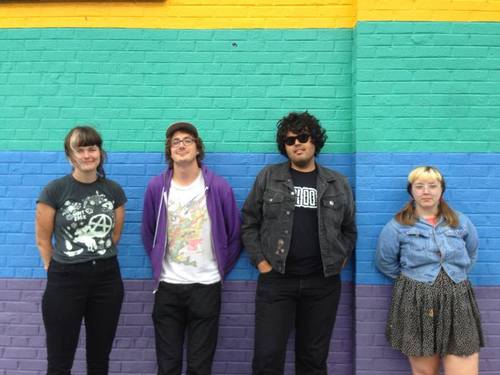

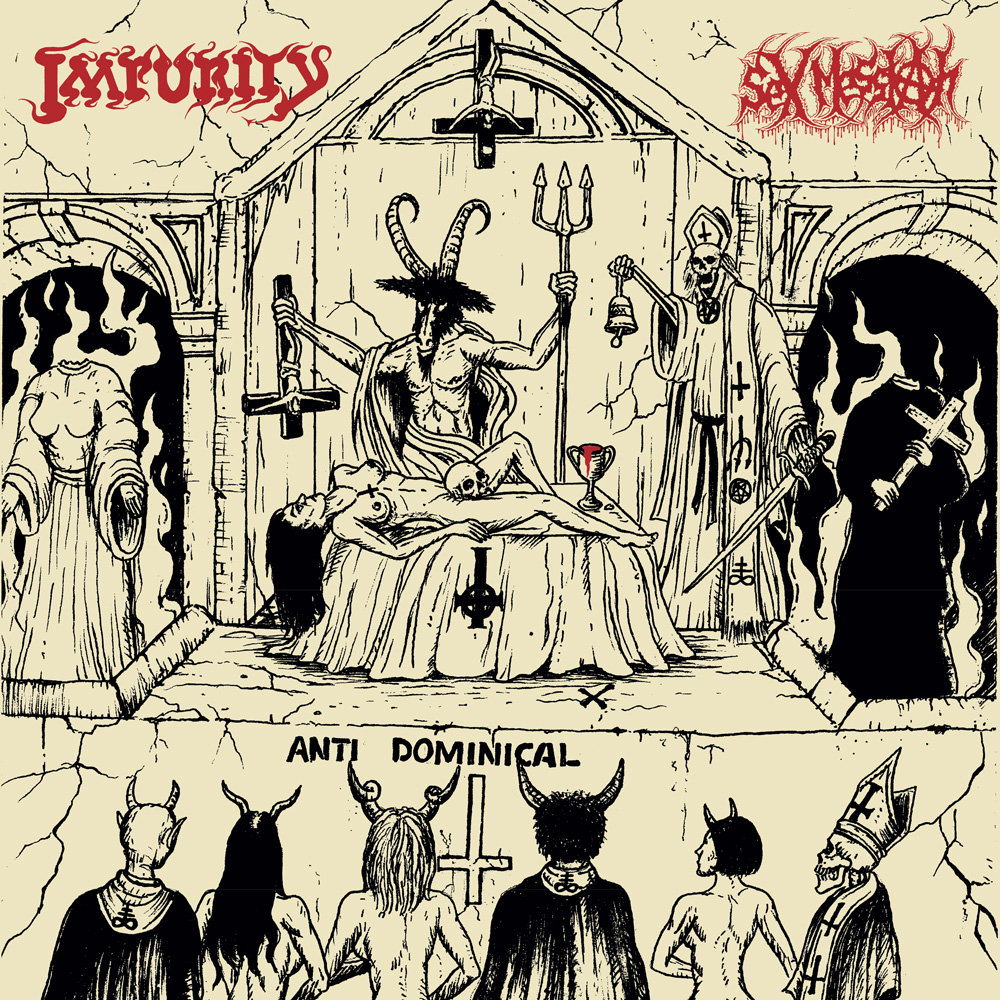

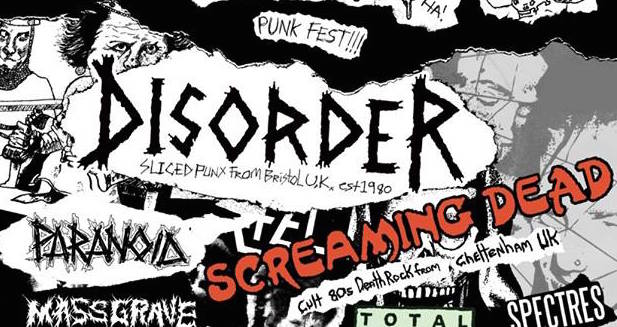

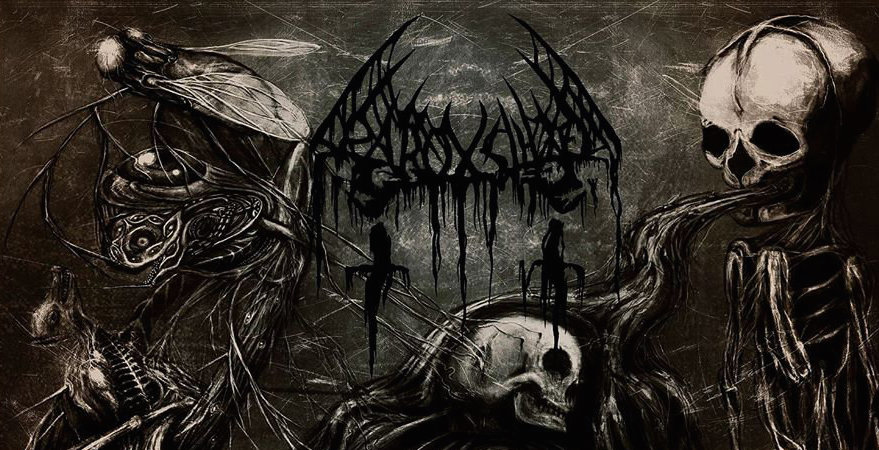
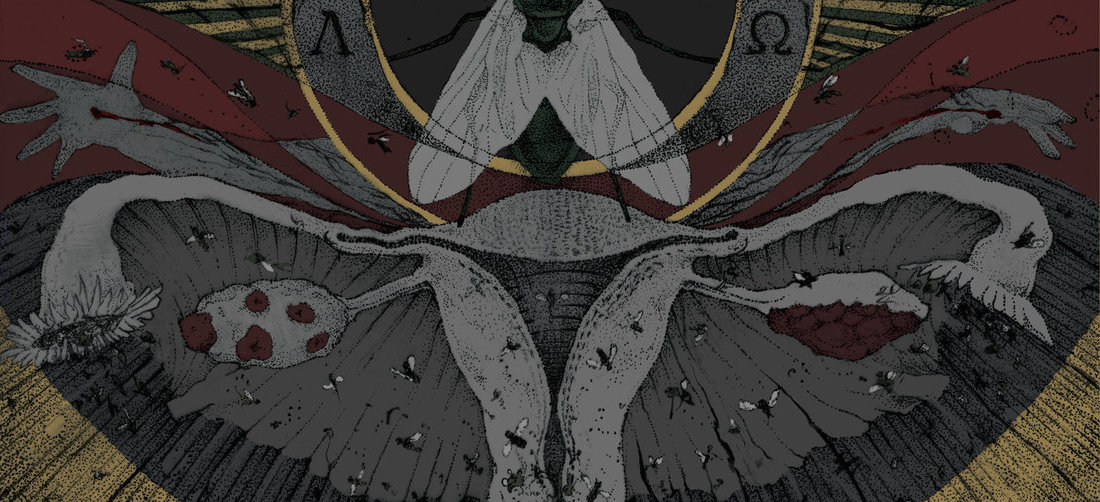
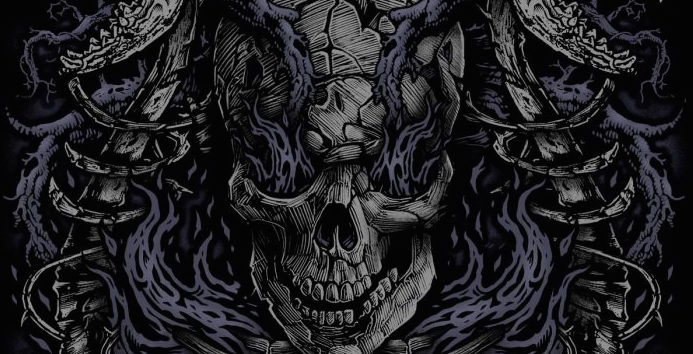
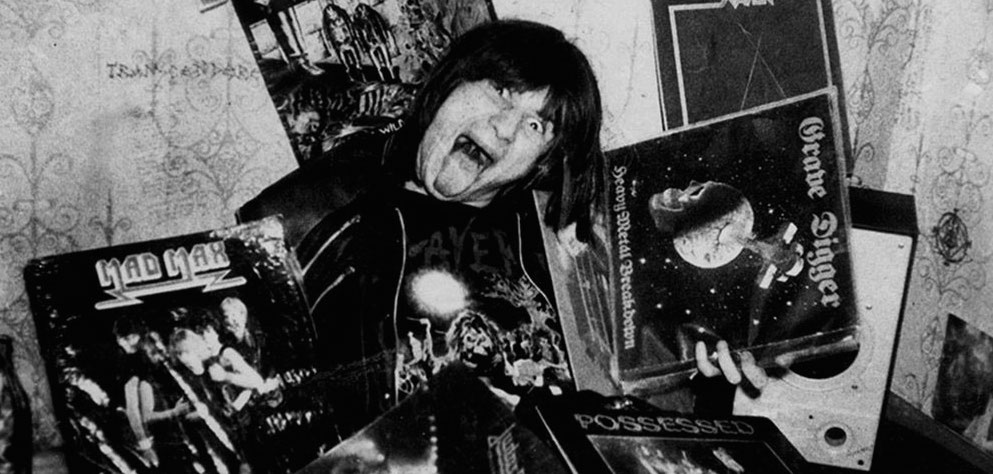

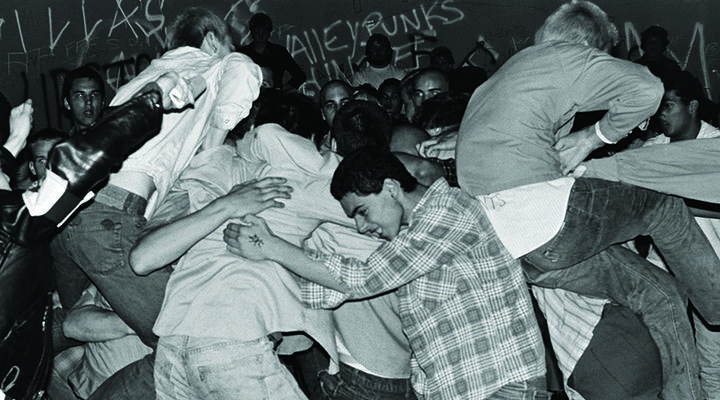


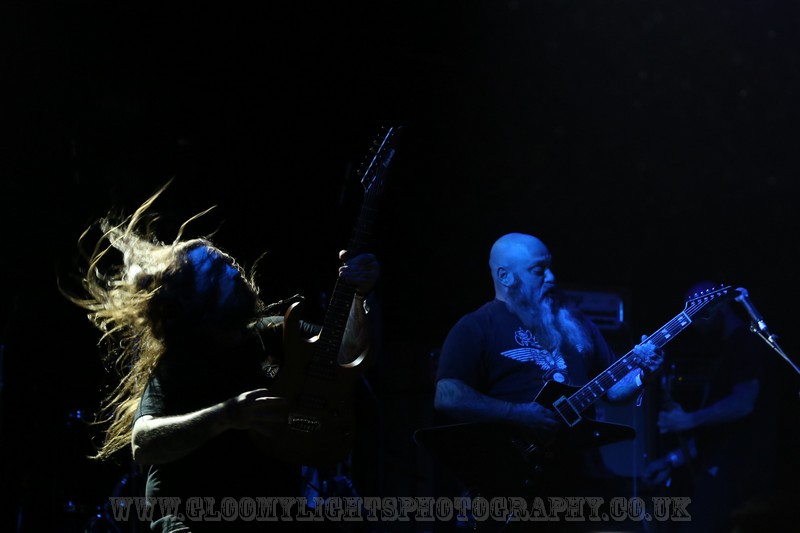


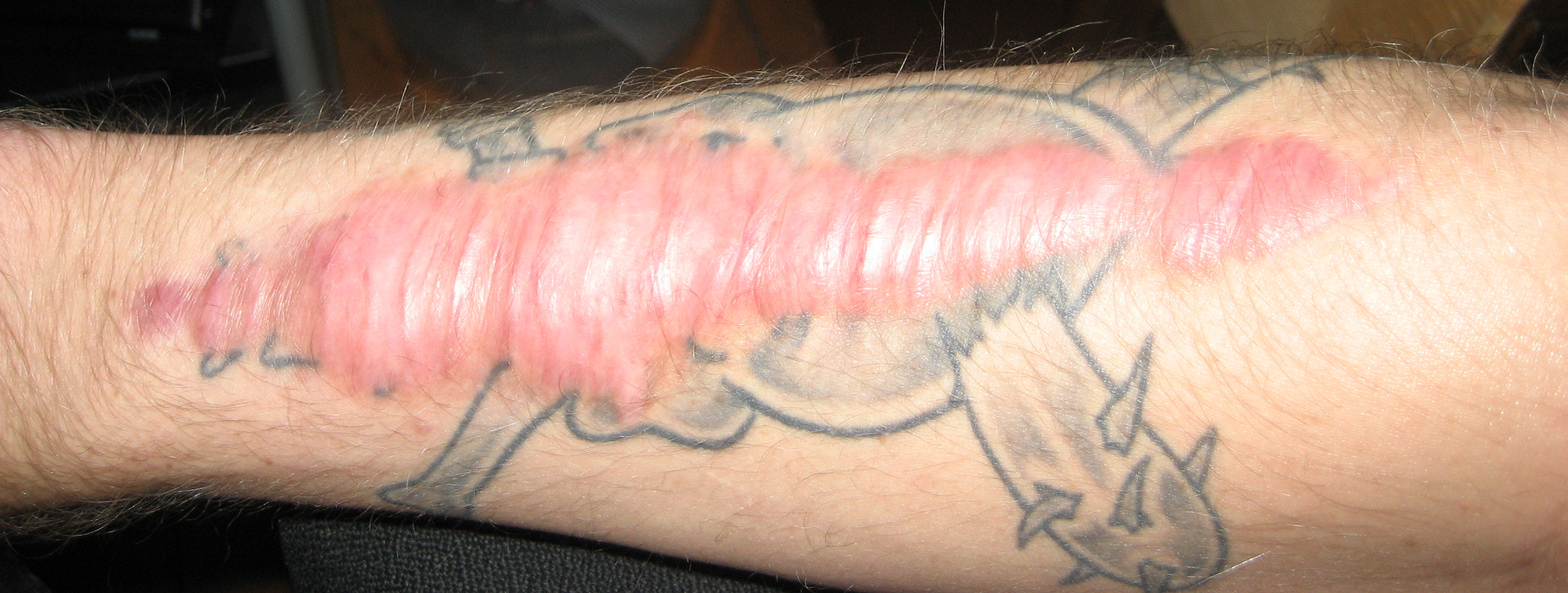
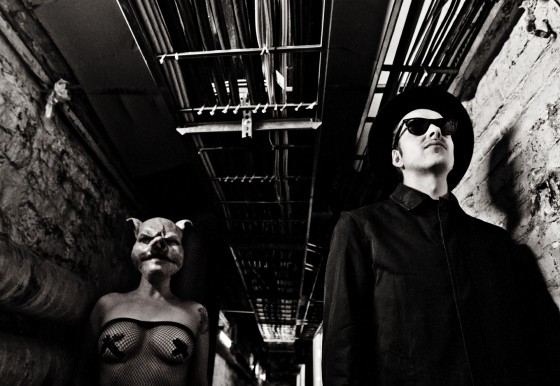
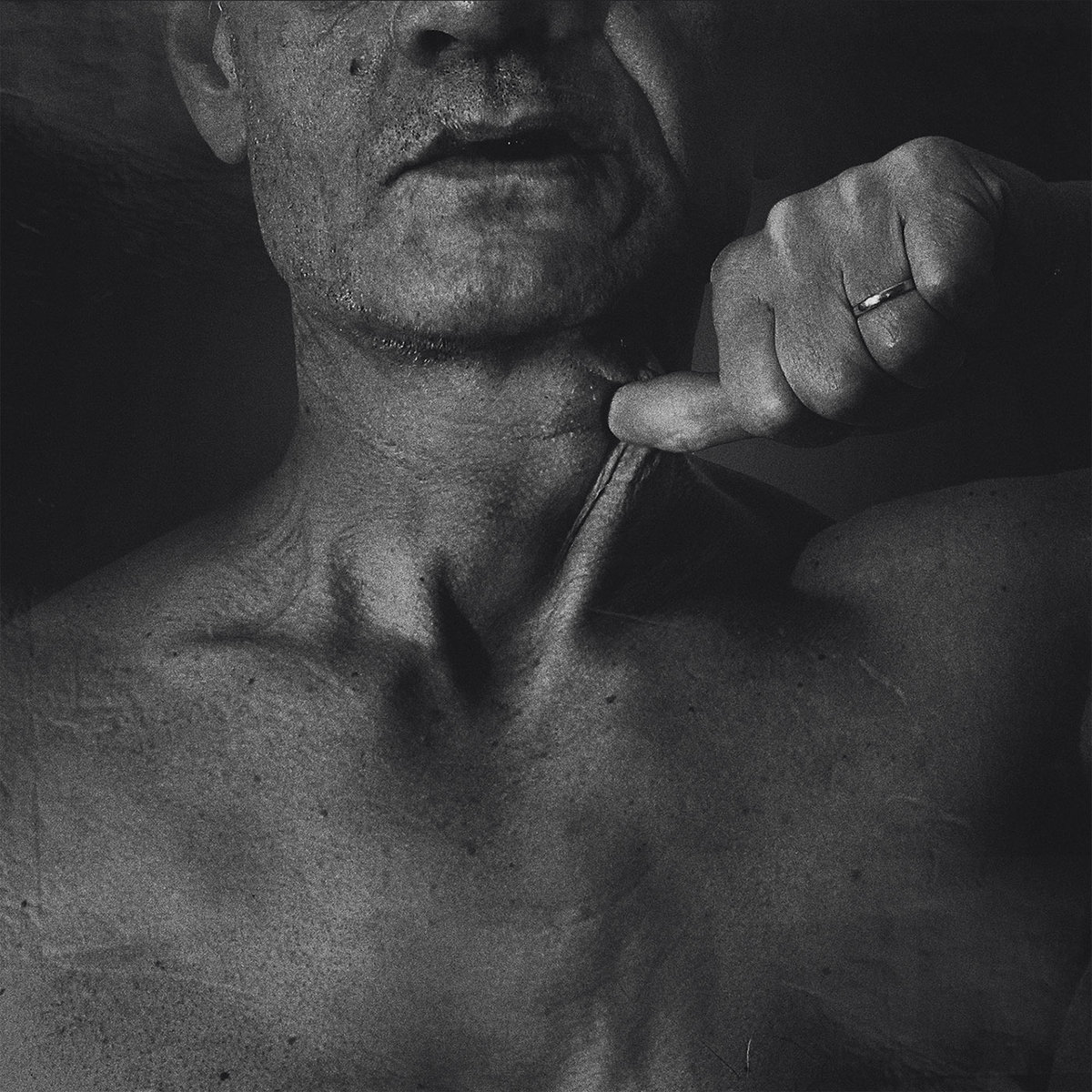

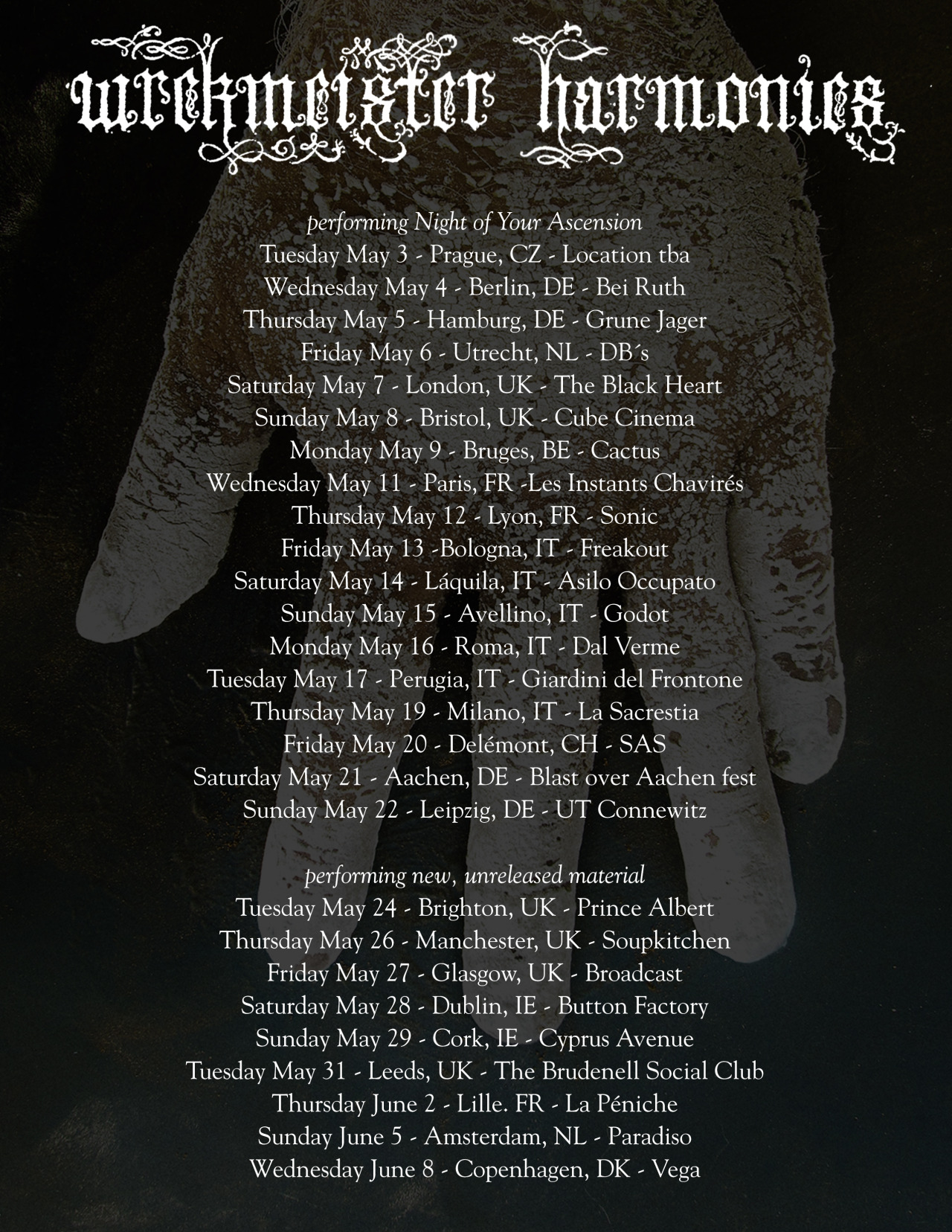
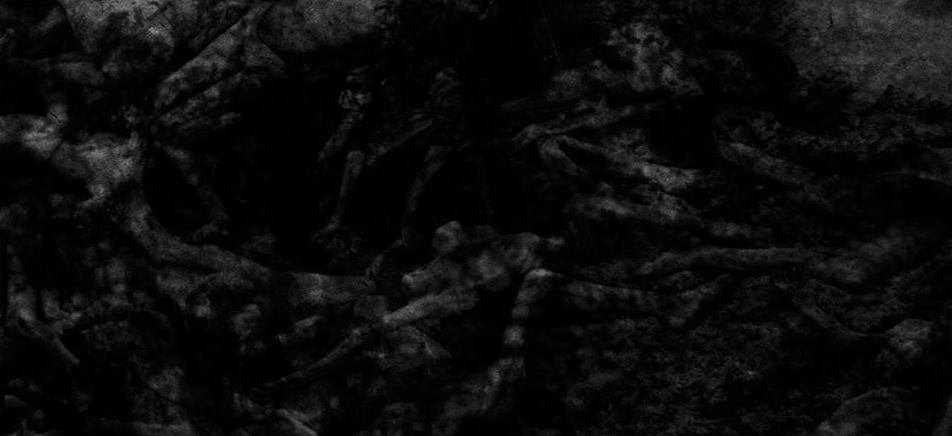

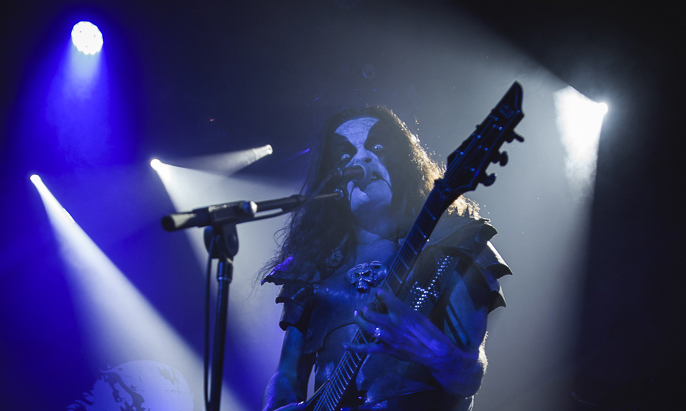

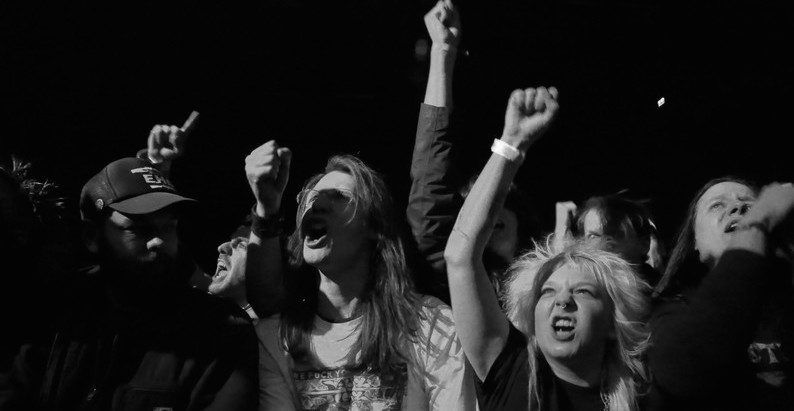
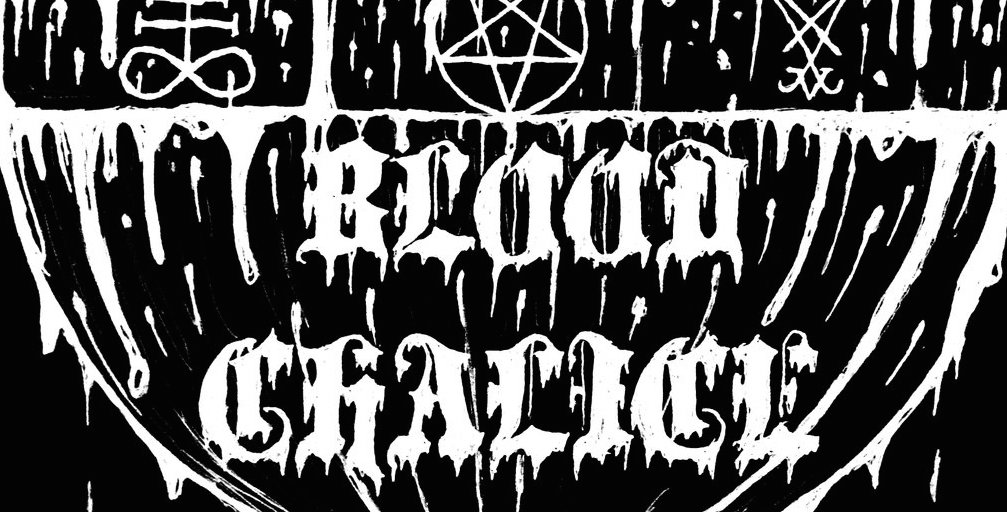
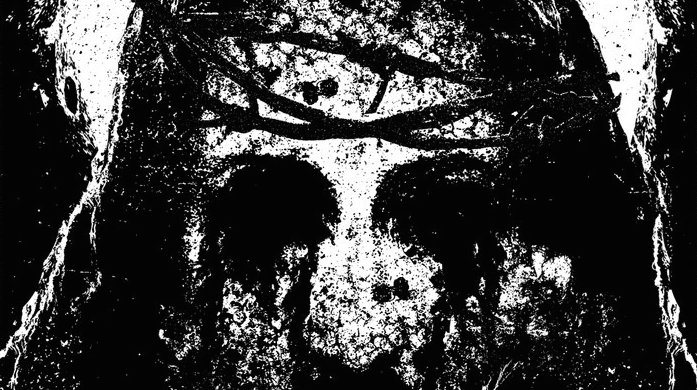




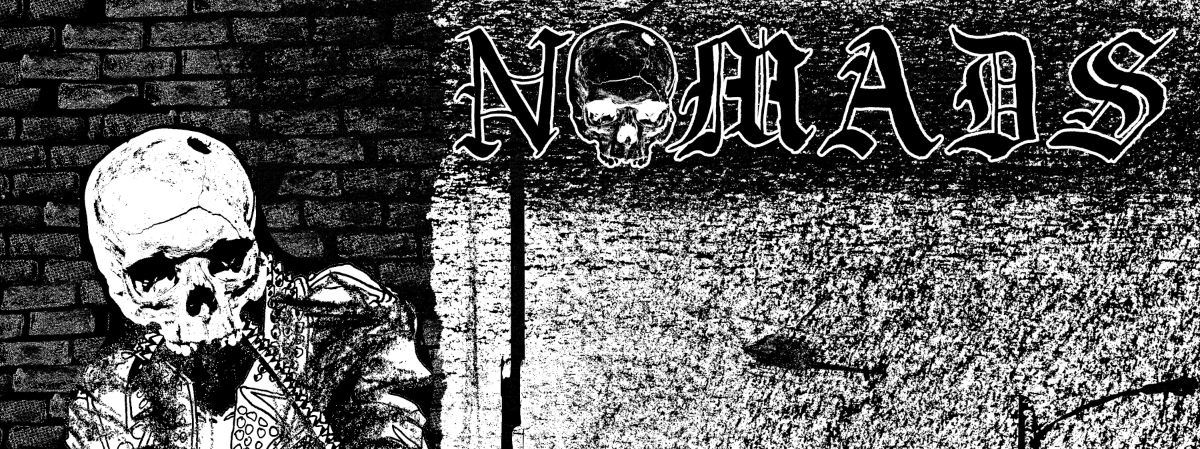
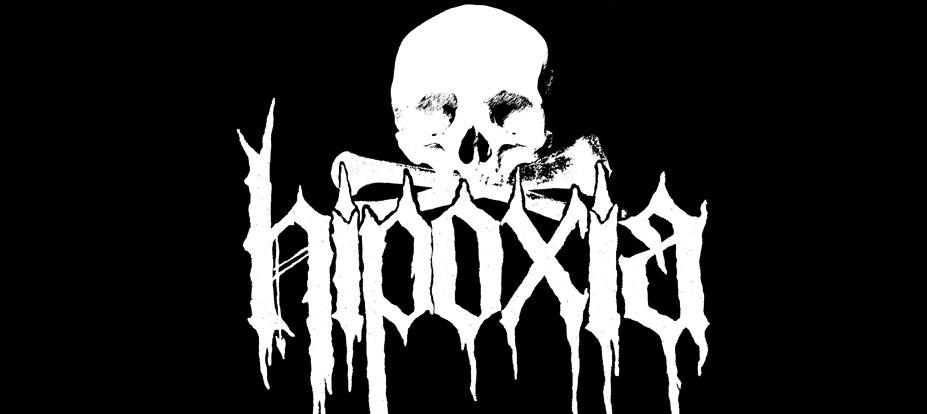
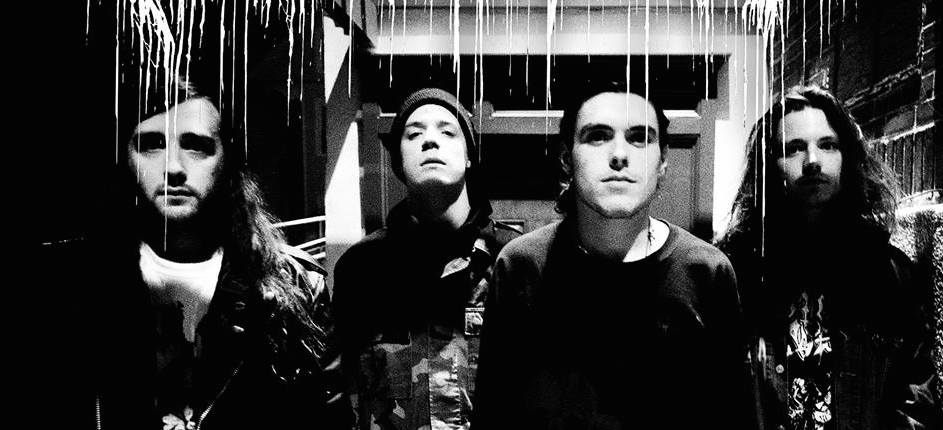
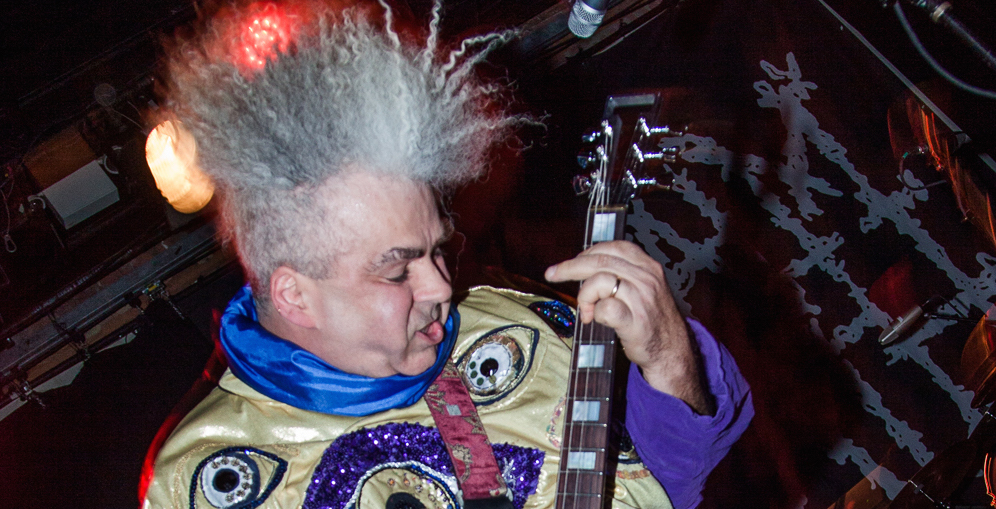

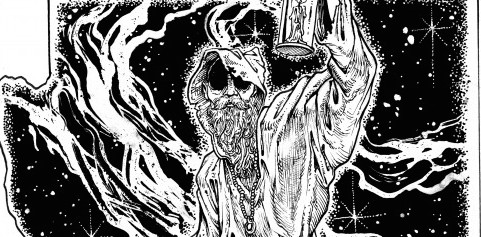
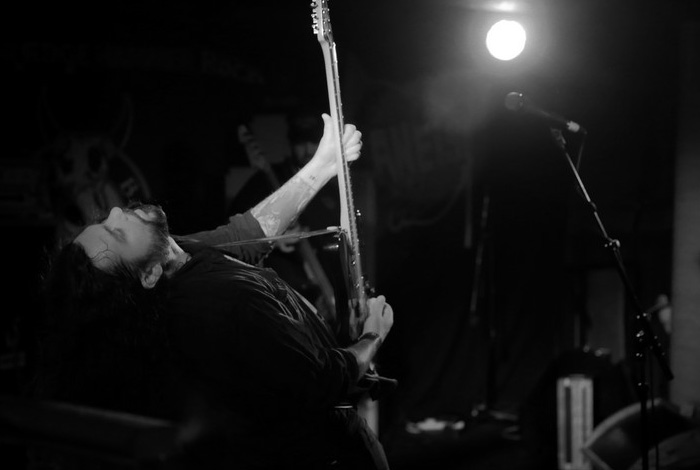
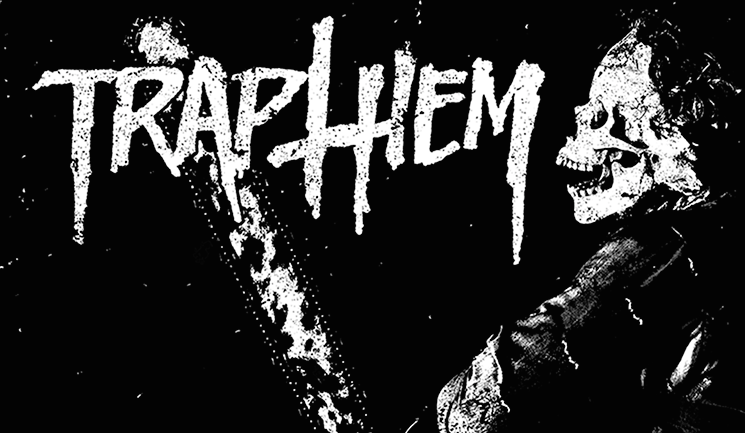

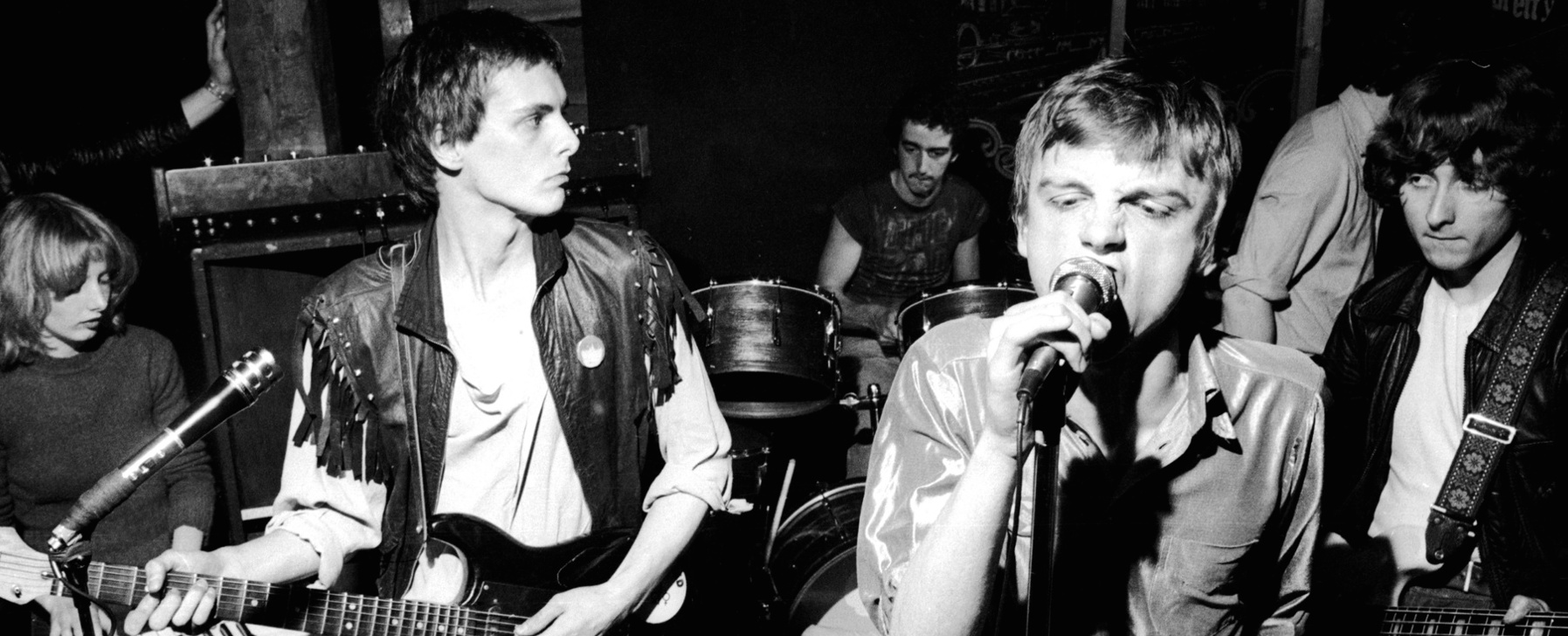
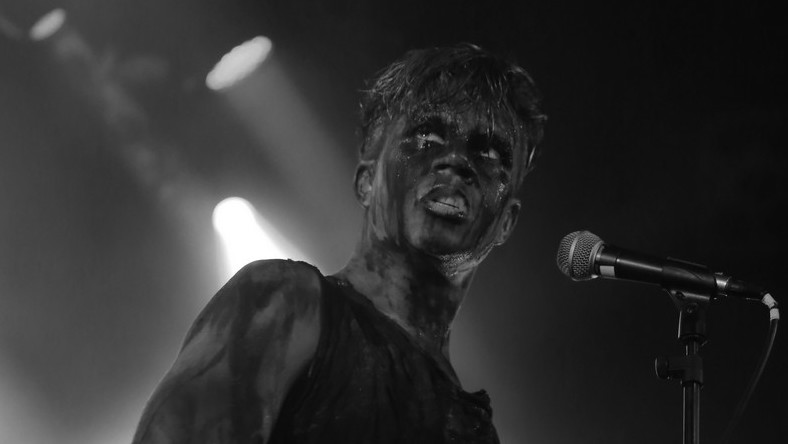
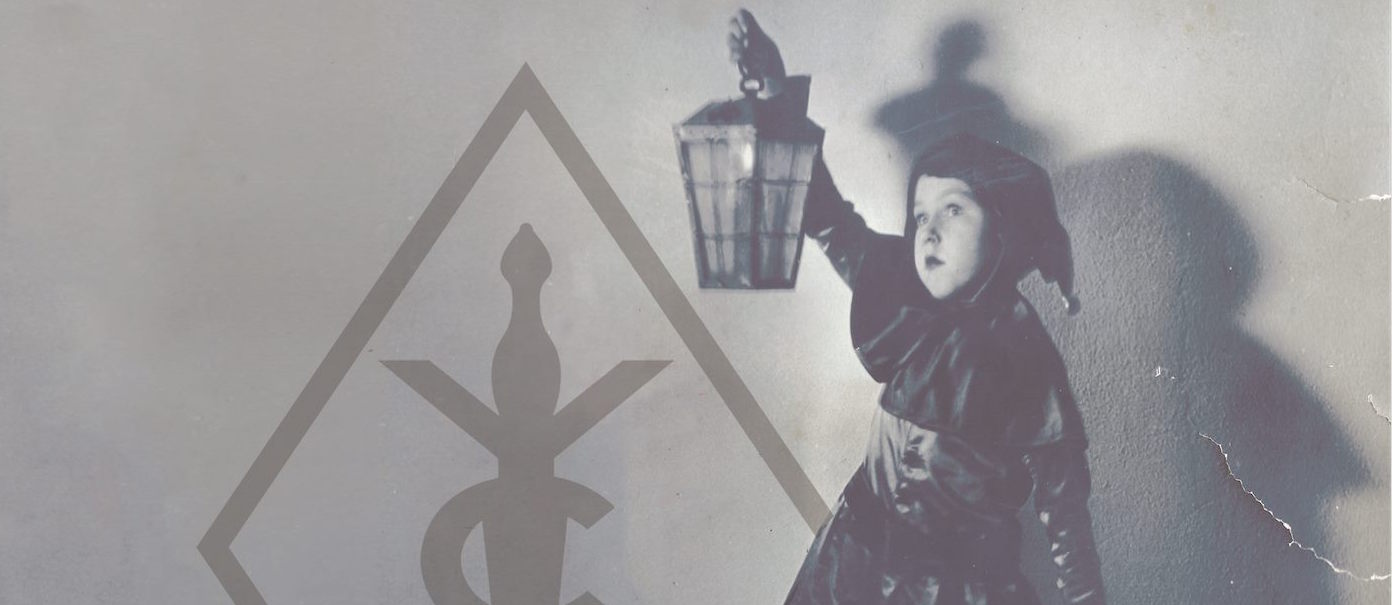



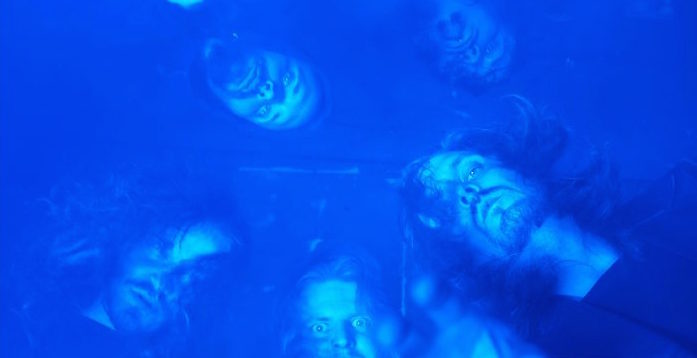
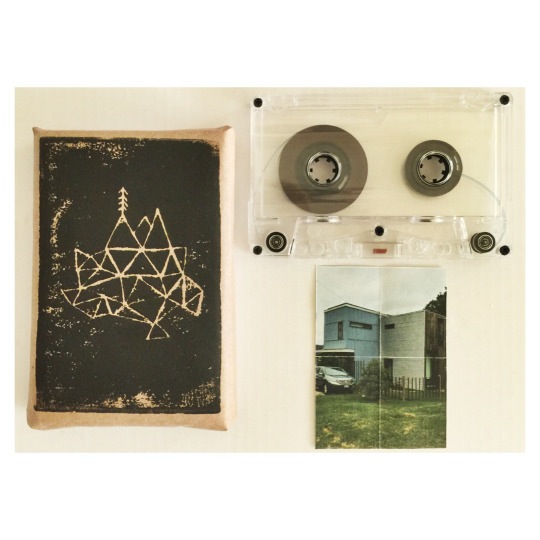

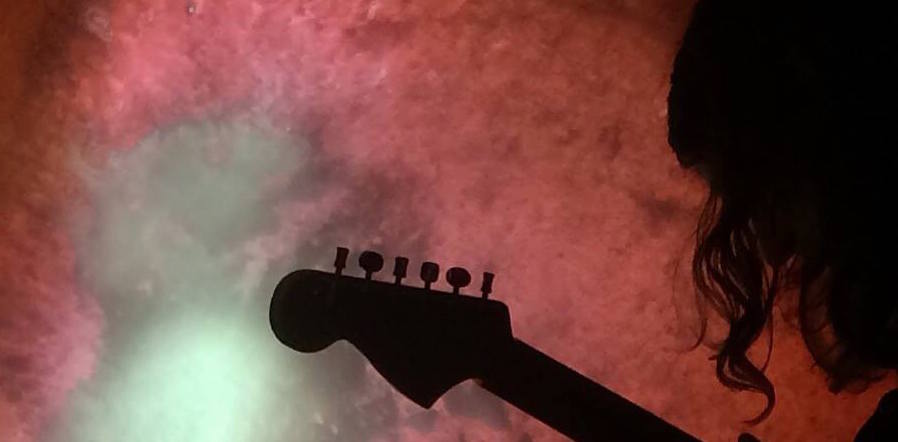

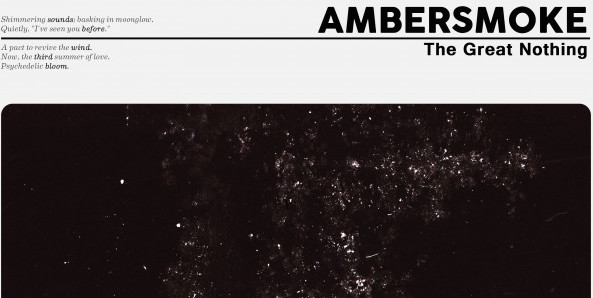
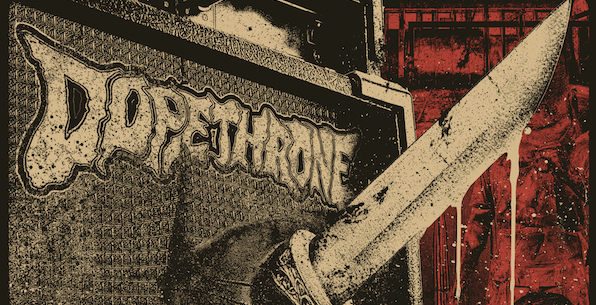


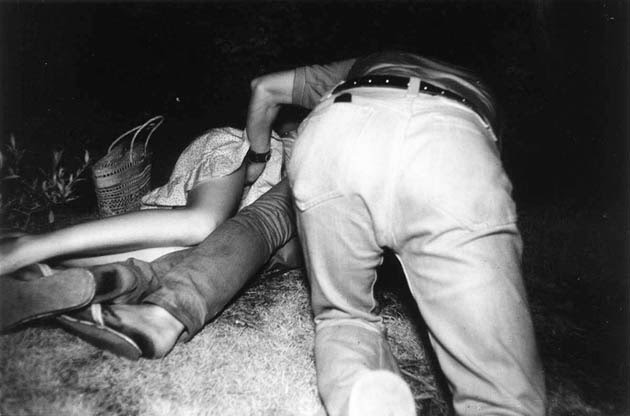
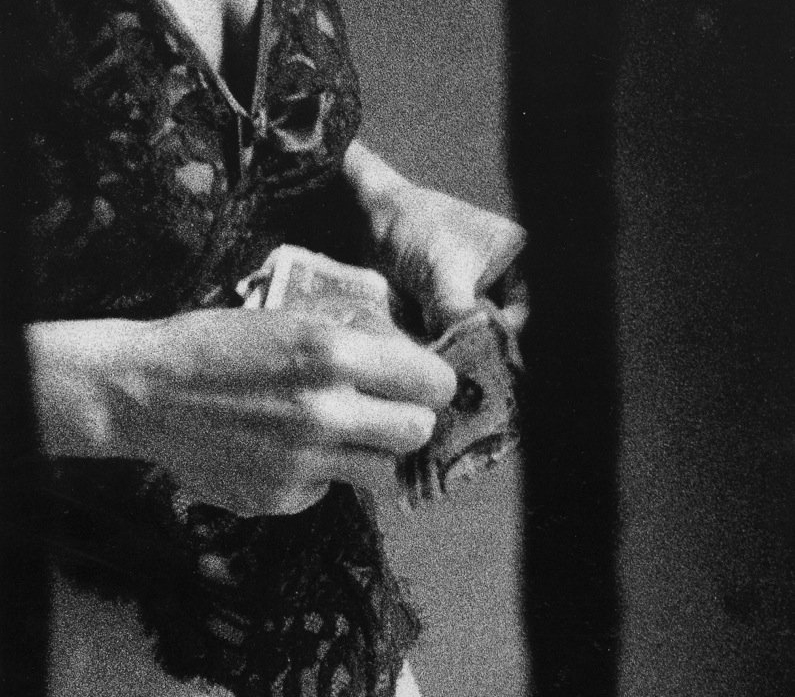
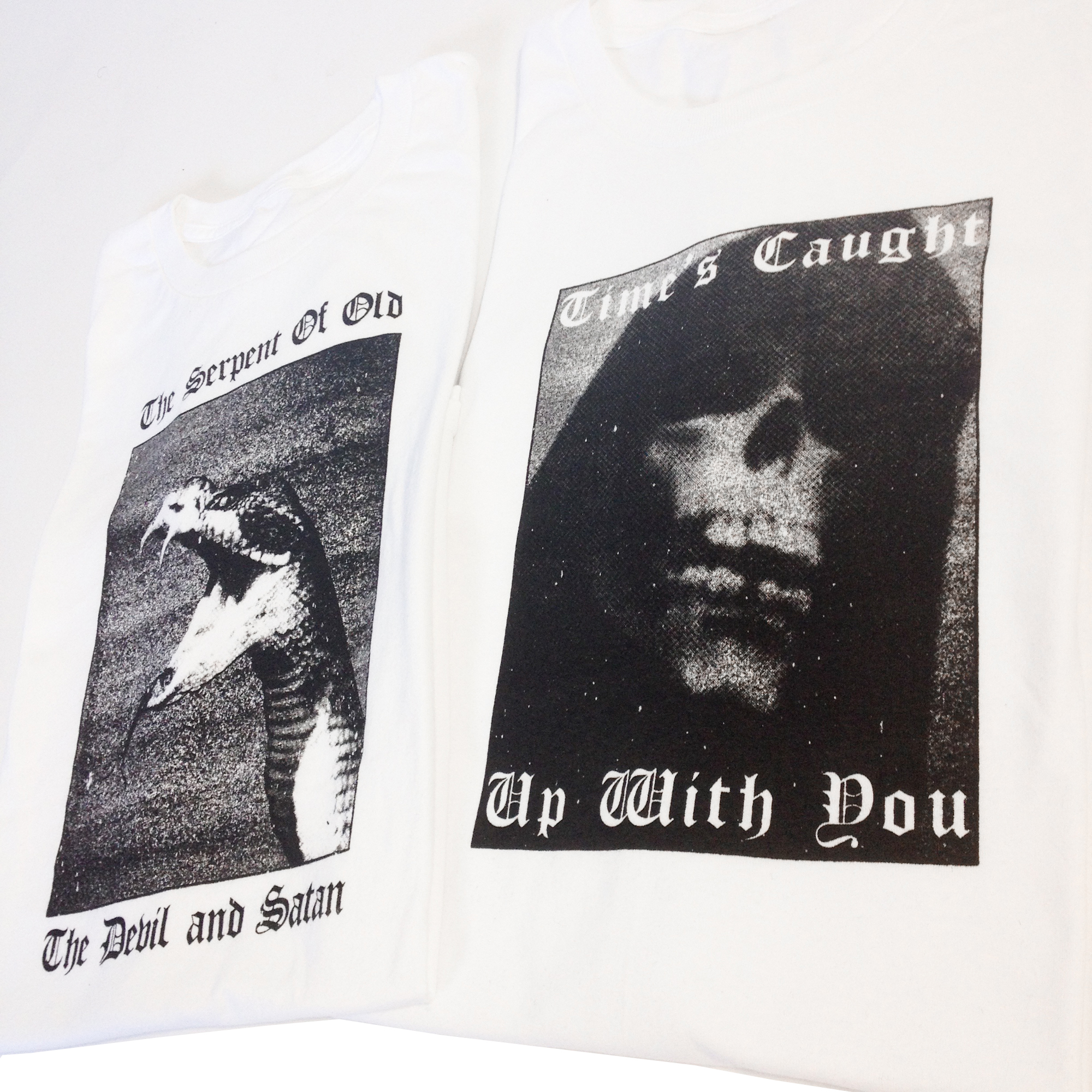
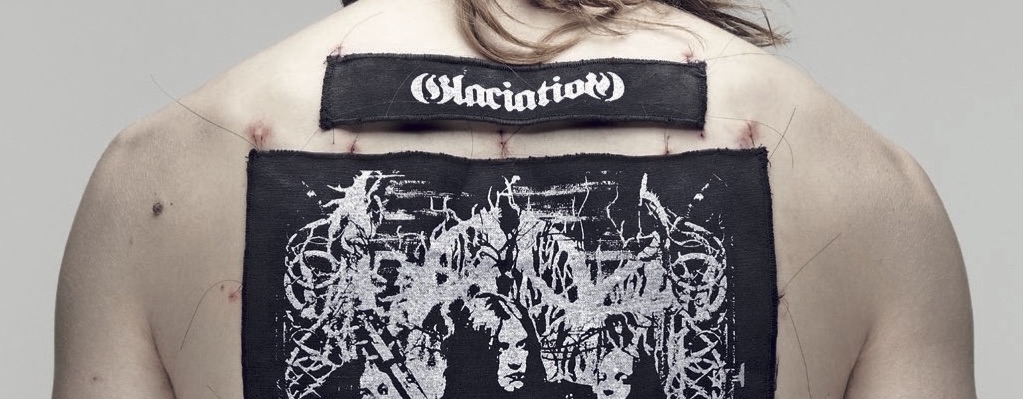

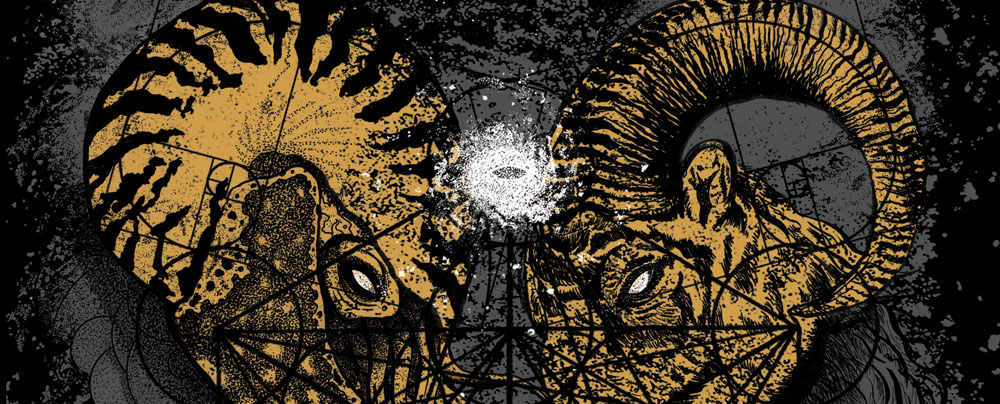

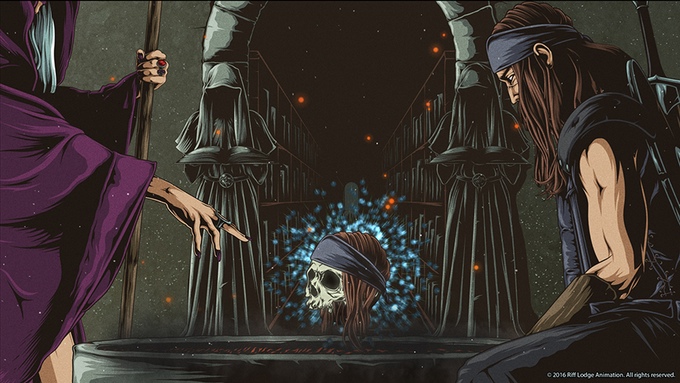
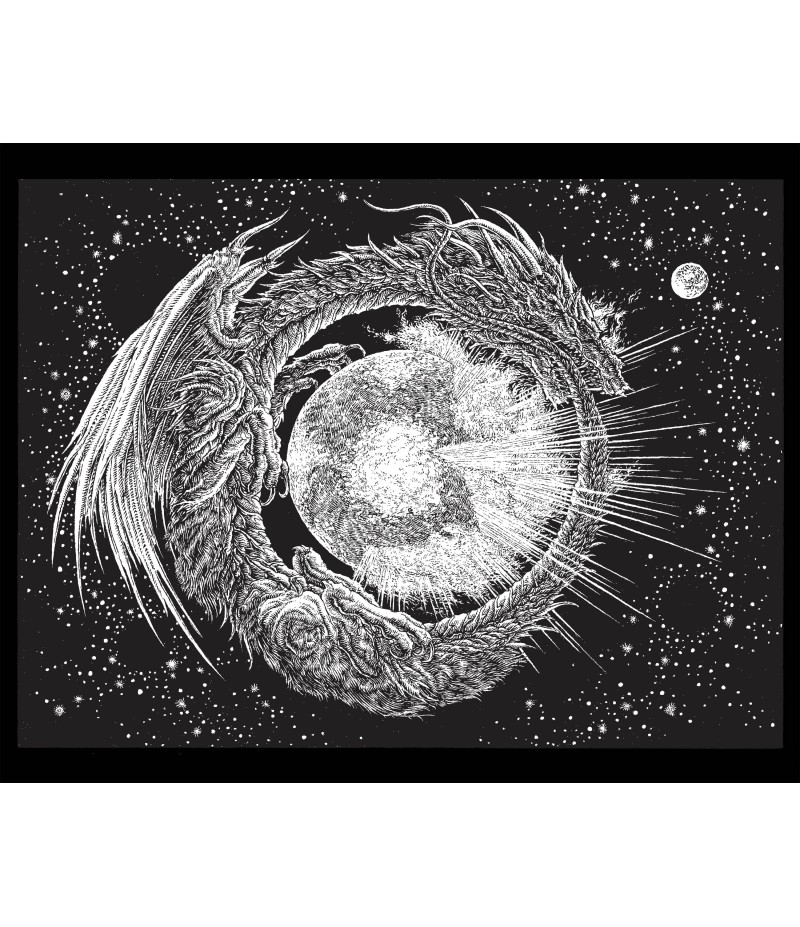
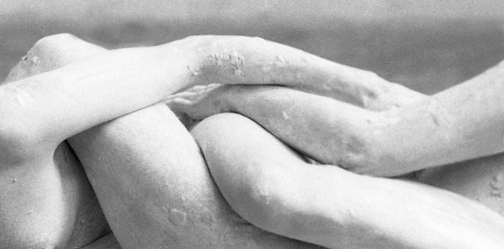
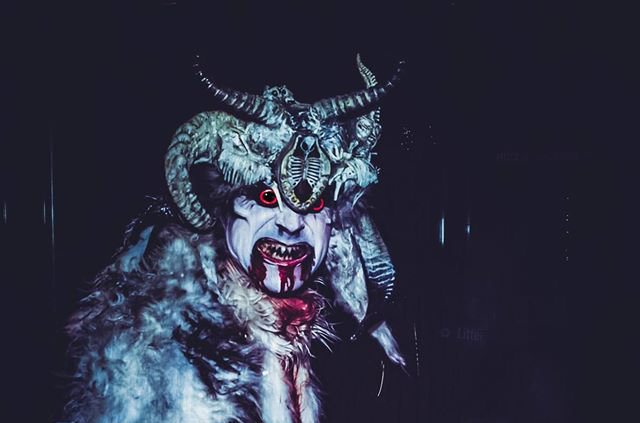
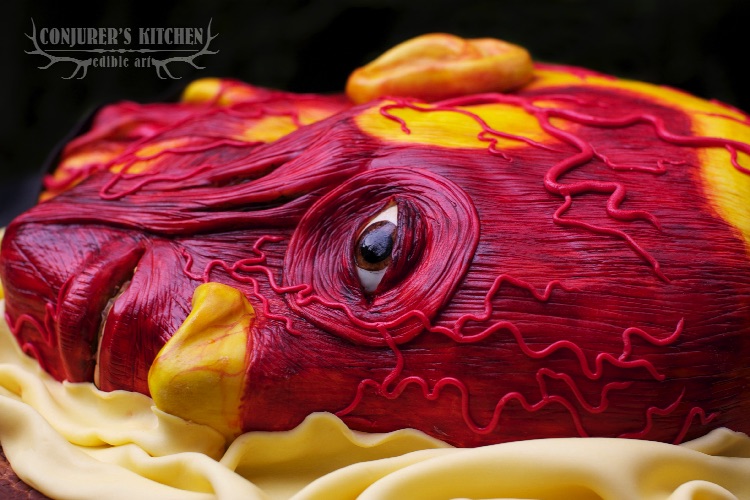
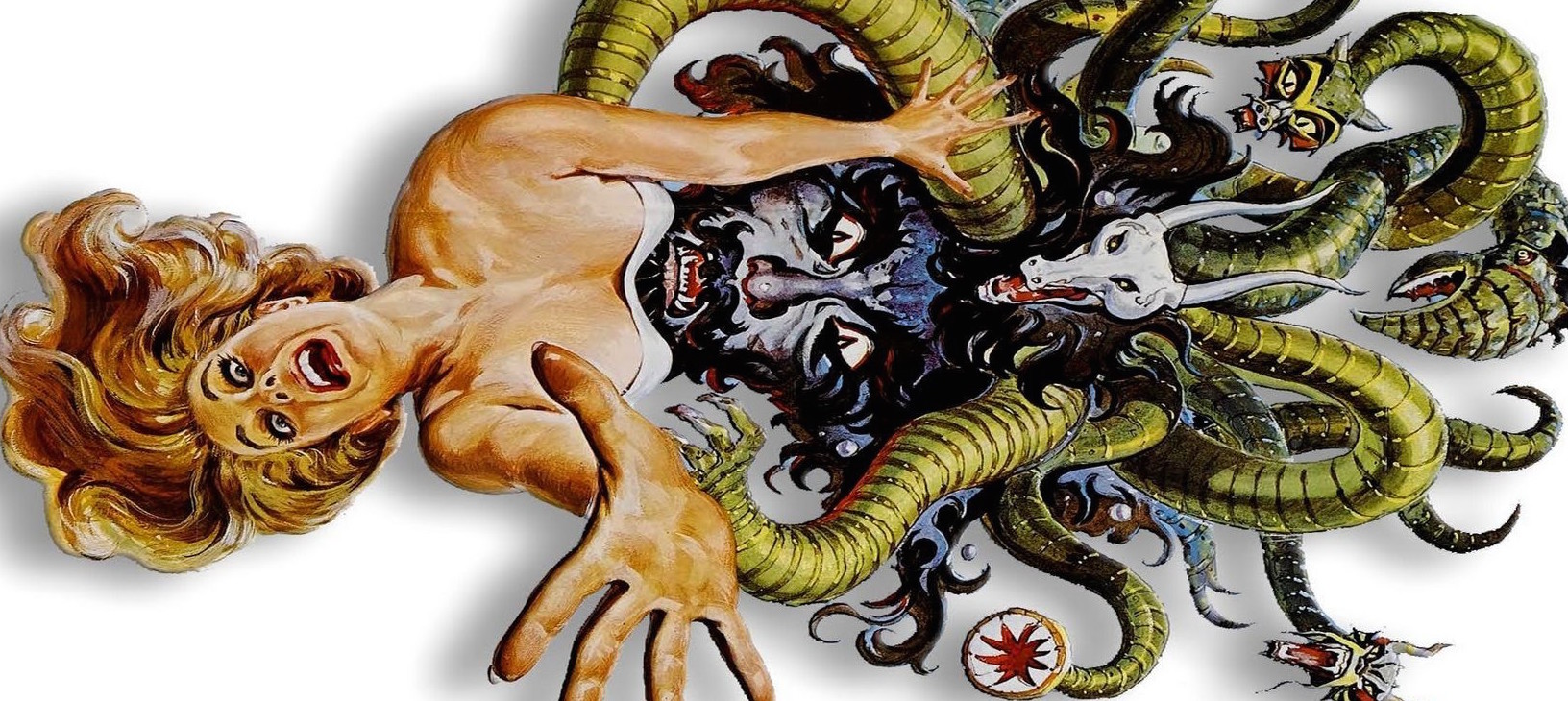

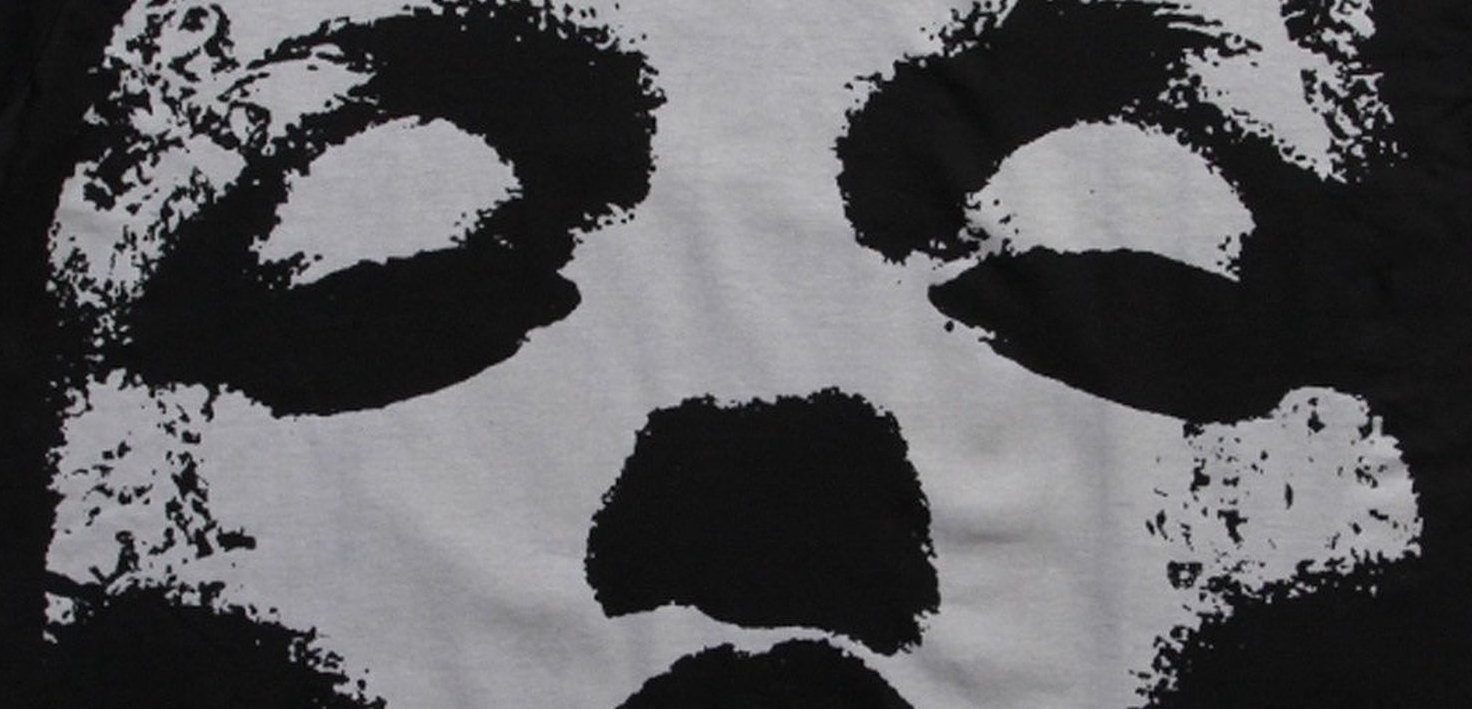
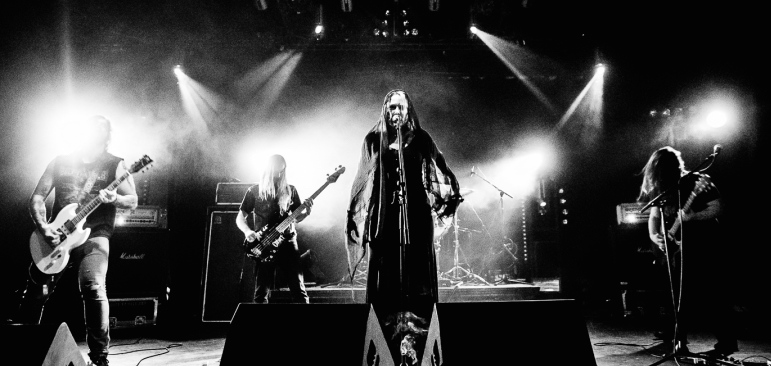
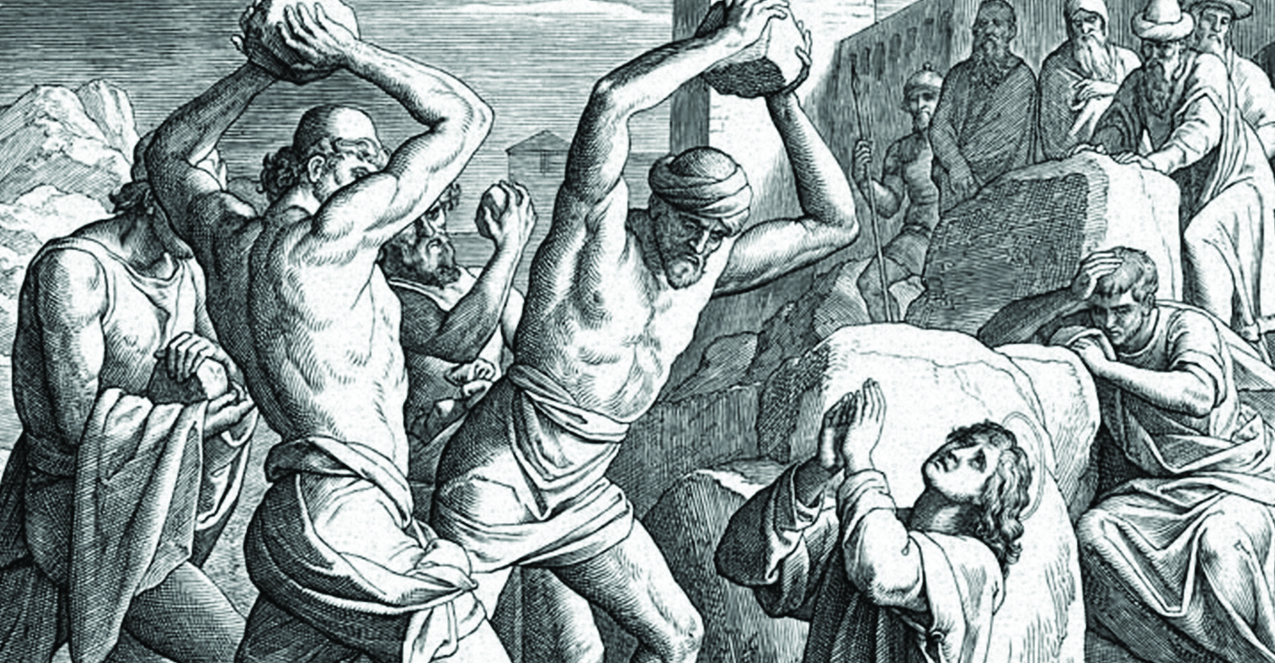


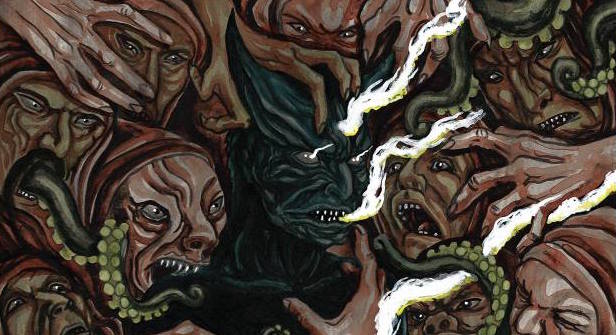

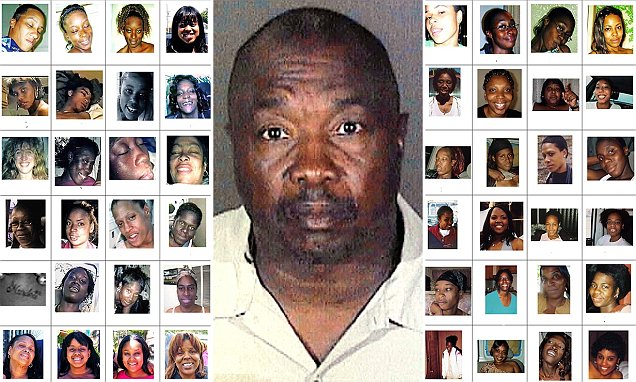










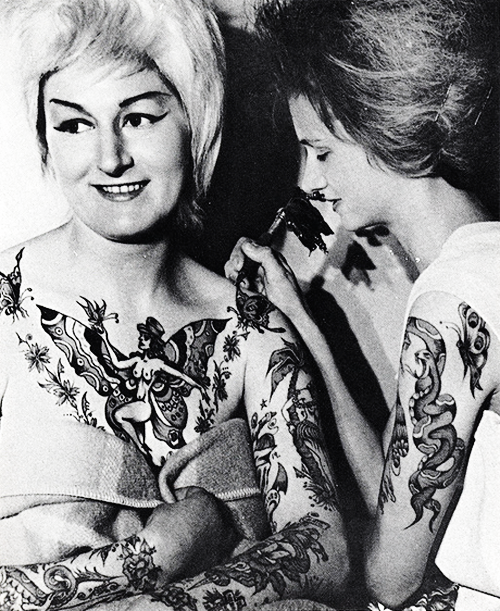

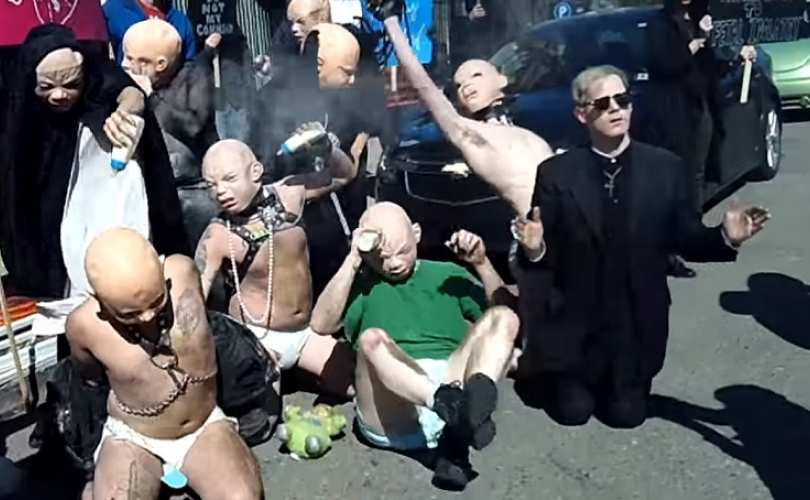















mike
April 6, 2016 at 9:19 pm
Why no acknowledgement of Islamic conquests and mass murder?? Or atrocities committed by pagans in ancient Rome?? Lets not forget the tens of millions of rotting corpses left behind by atheist communists??
Brazella Merxadrus
December 24, 2015 at 9:59 pm
Wow, nice look into the very depths of humanities ability to reach cruelty beyond belief. I had read, “The Oxford Illustrated History of the Crusades”, in it had some of what was here. Wonderful Photos of sites some partial and some very much intact. Quite the good read for an introduction, well illustrated but not overwhelming. But Kia, mere speculation on your part, to say that we “are” better off because Muslims and their religion was allowed to spread. Because you are basing that on what is know about at present. Because you don’t known that for a fact or proof to lean that direction. And bias, that is partially because that is what the article was about, the Crusades and the direction that it took. Mere speculation.
Kai Thorsen
August 9, 2015 at 4:11 am
A well written and totally biased article. From the 6th – 11th centuries, Muslims conquered and subjugated 2/3 of what had been the Christian Roman empire. Non-Muslims were told to convert or pay a tax, and were harassed, jailed or killed for doing neither, and this “tax” for non-Muslims still exists in Muslim countries today. Christian pilgrims going to the Holy Land were likewise harassed and their faith was mocked. The First Crusade occurred some 400 years after the first rumblings of Muslim expansion and subjugation, a goal that brought Muslim armies to the very gates of Vienna, as they had their sites set on Europe as well. Atrocities were committed on BOTH sides, but the general response of Christians to Muslim aggression was at first restrained (400 years of Muslim encroachment before the First Crusade) and was justified. Had Islam spread to Europe, the world that we live in, our liberties and rights – and this website for that matter – would be very different. Or do you know of any ostensibly “Christian” country today where people can be legally harassed, threatened, jailed, or killed, as in Muslim countries, for being: gay, being a strong willed or independent woman, for not dressing correctly, for saying bad things about religion, for not marrying according to parental wishes, for not obeying parents, for posting videos of yourself being “happy” on You Tube, for wanting more freedom? Your desire to reveal atrocities begs a different “focus”.